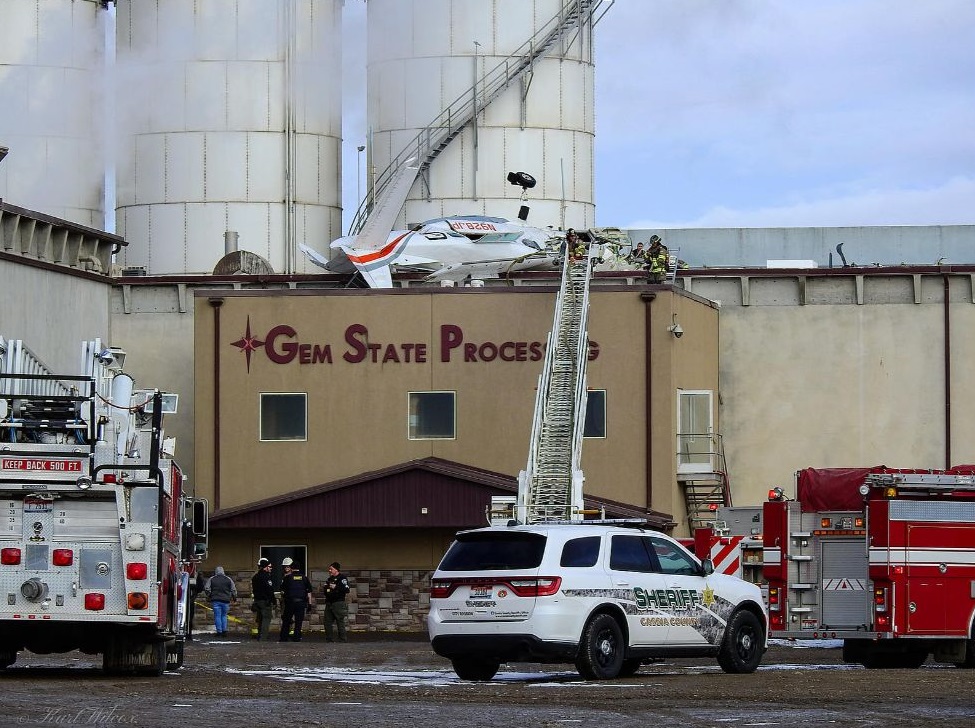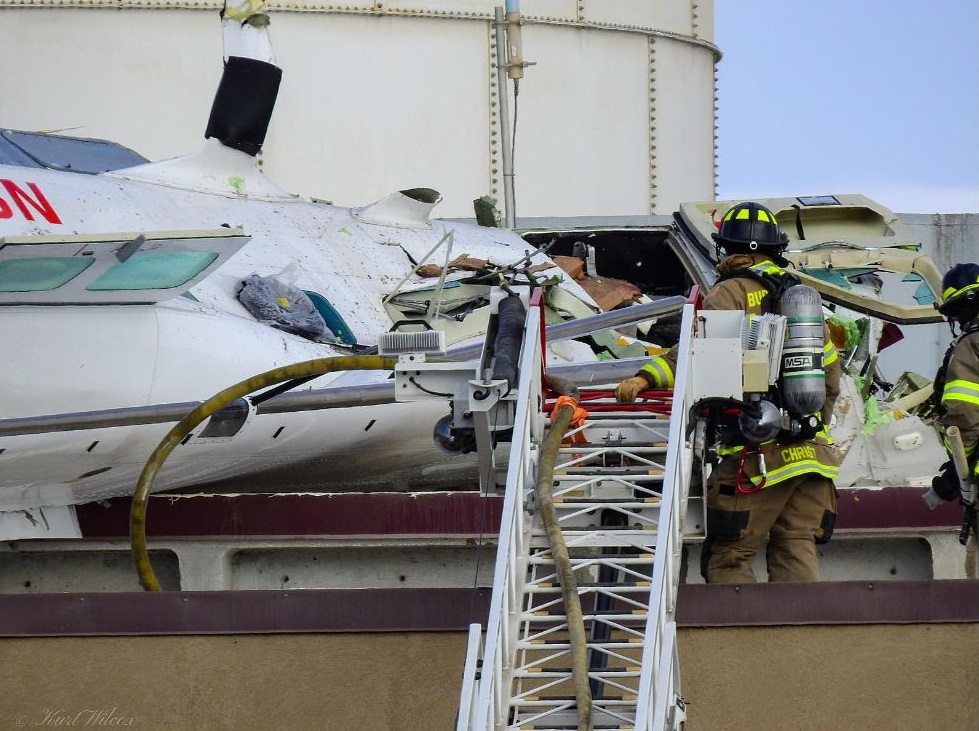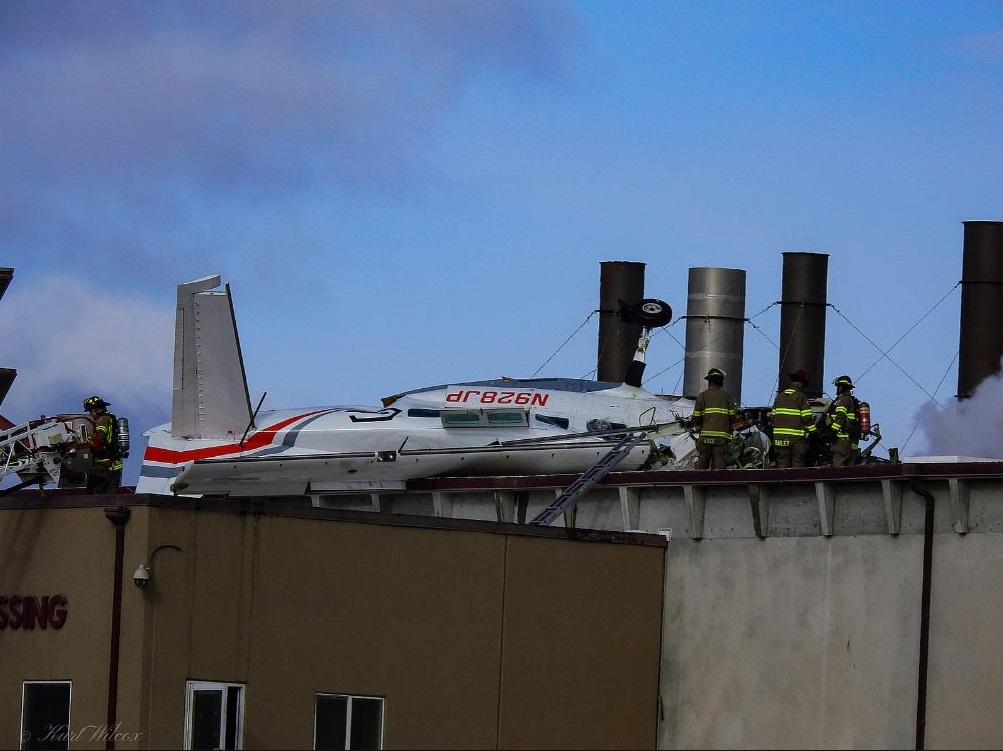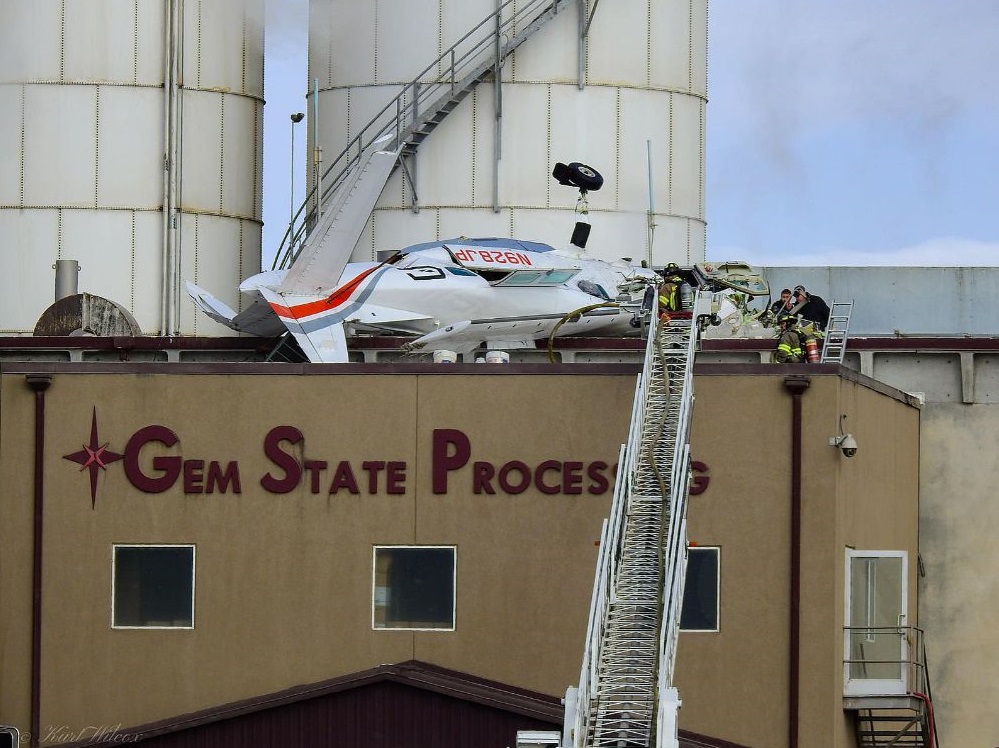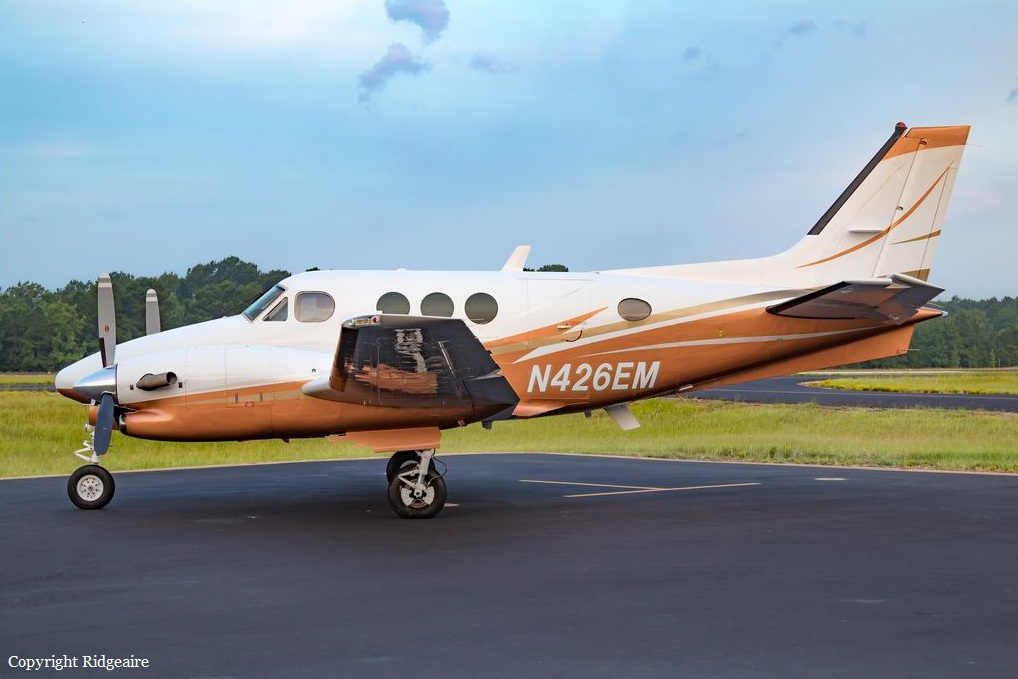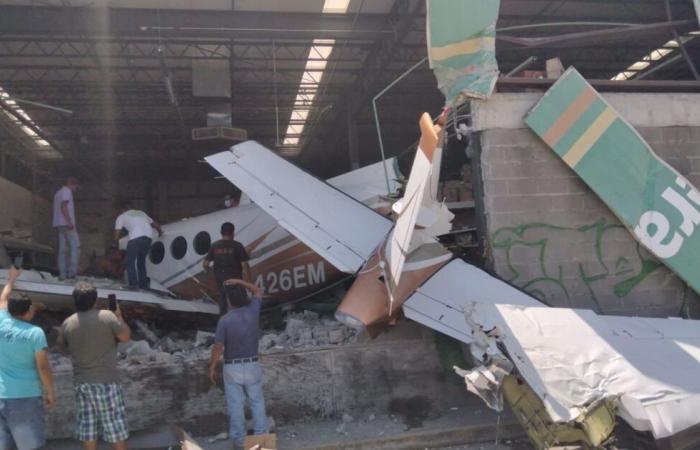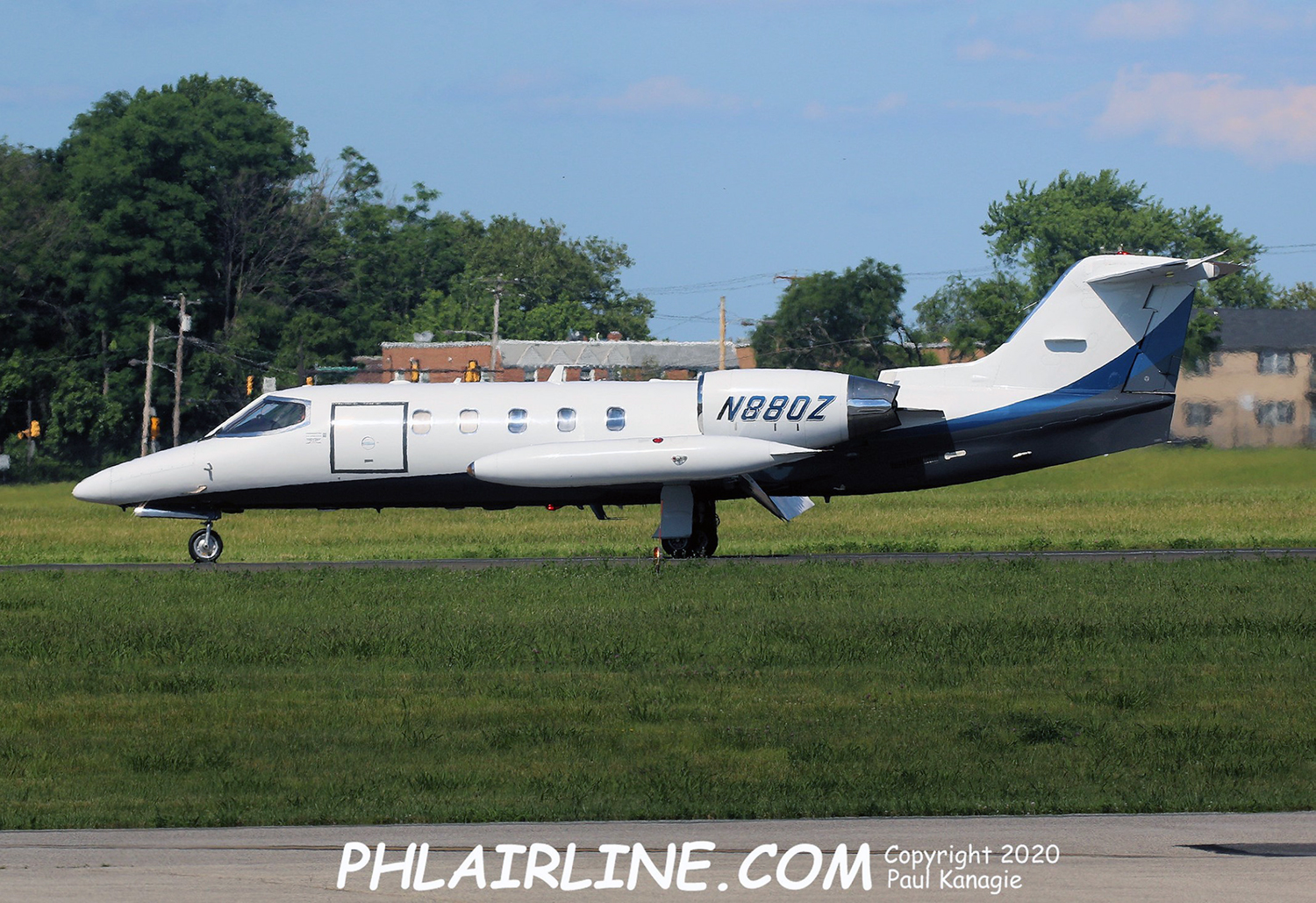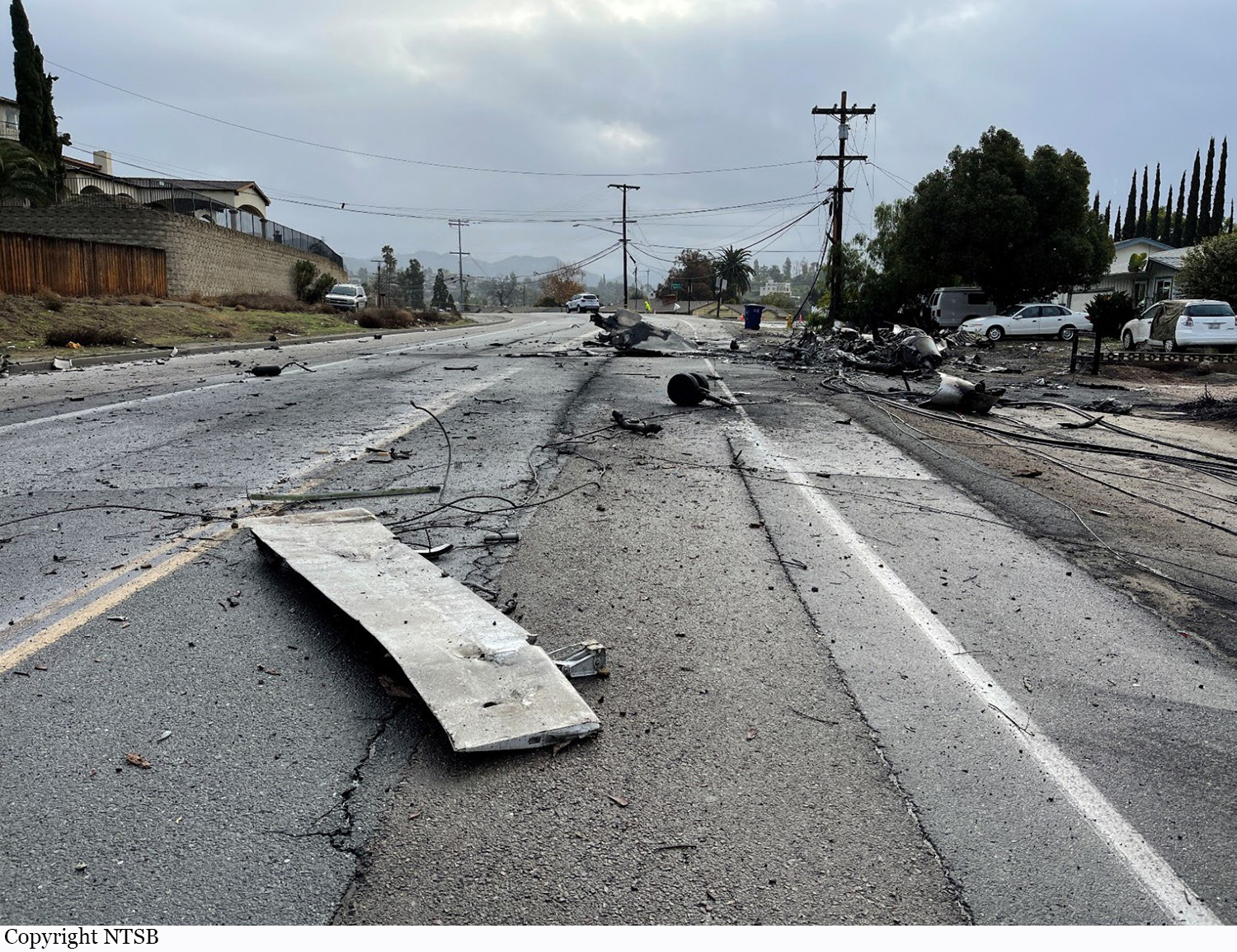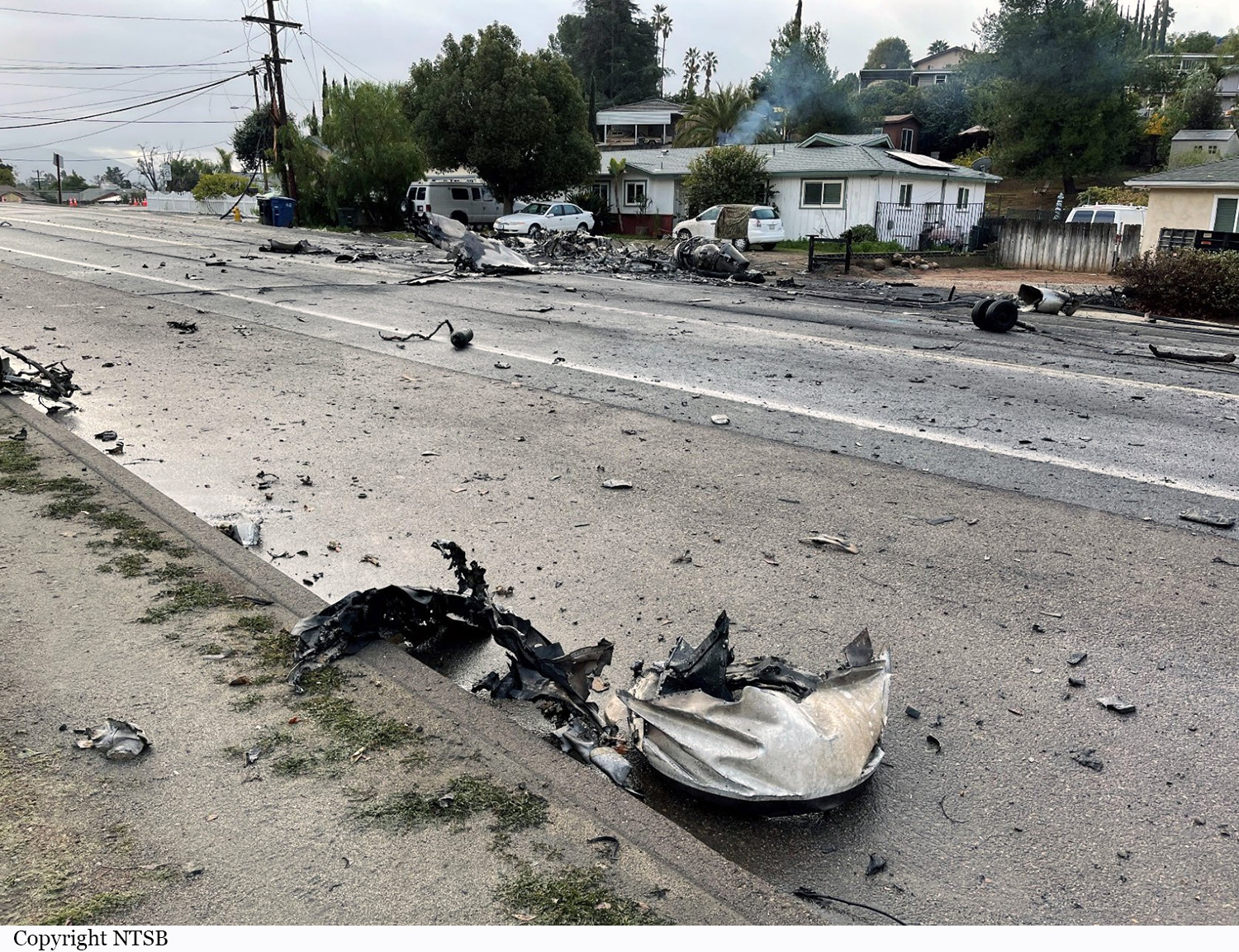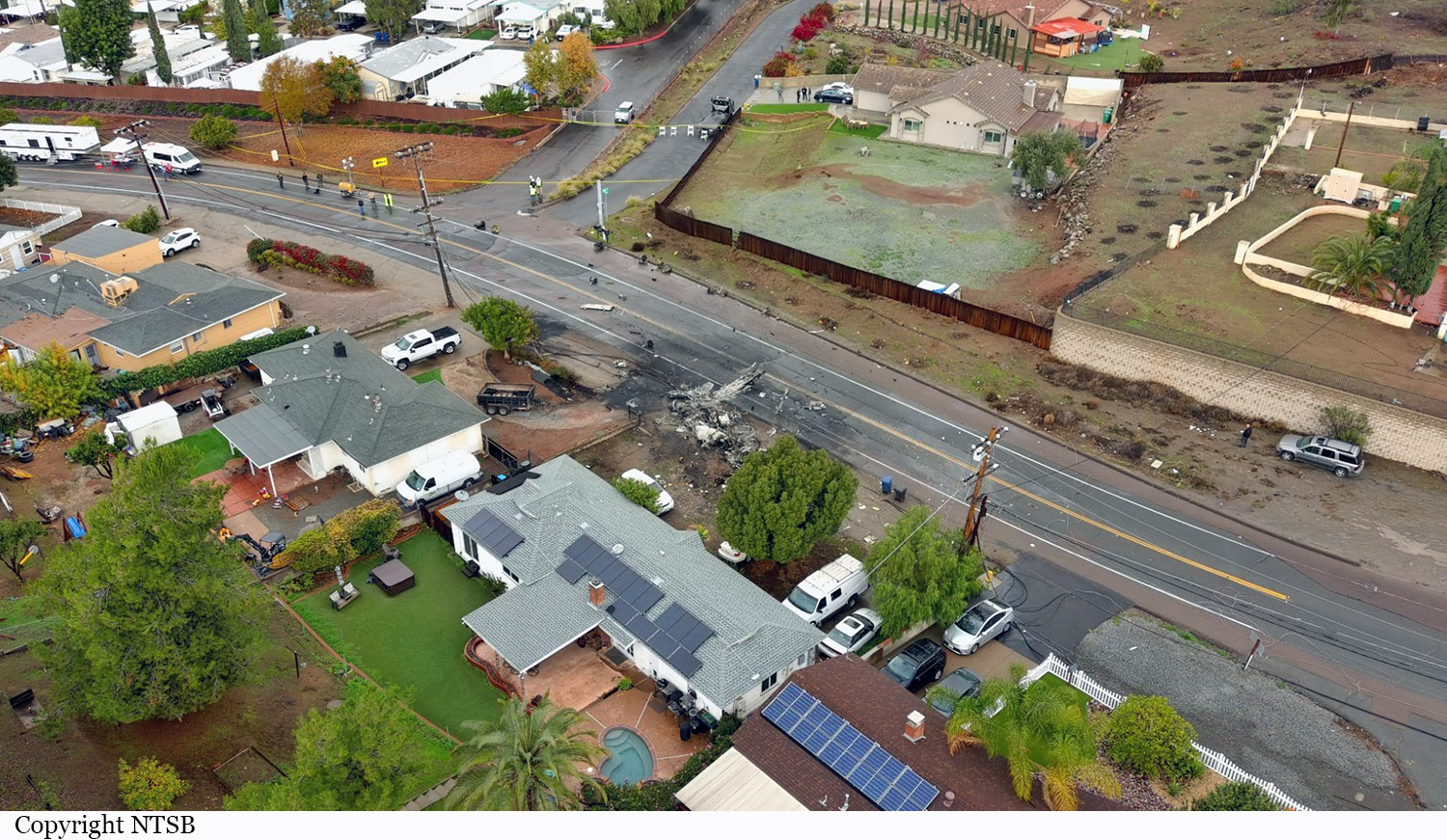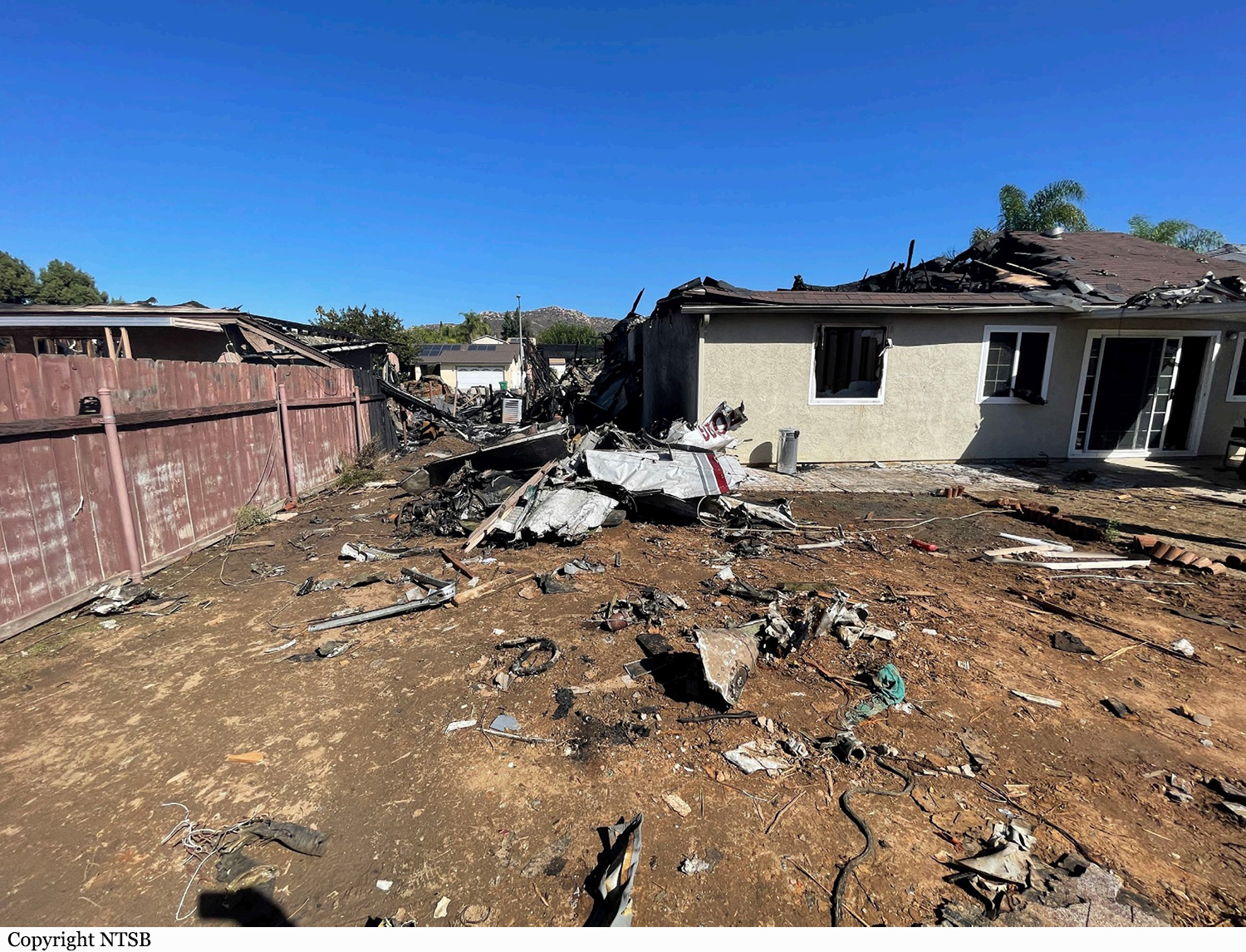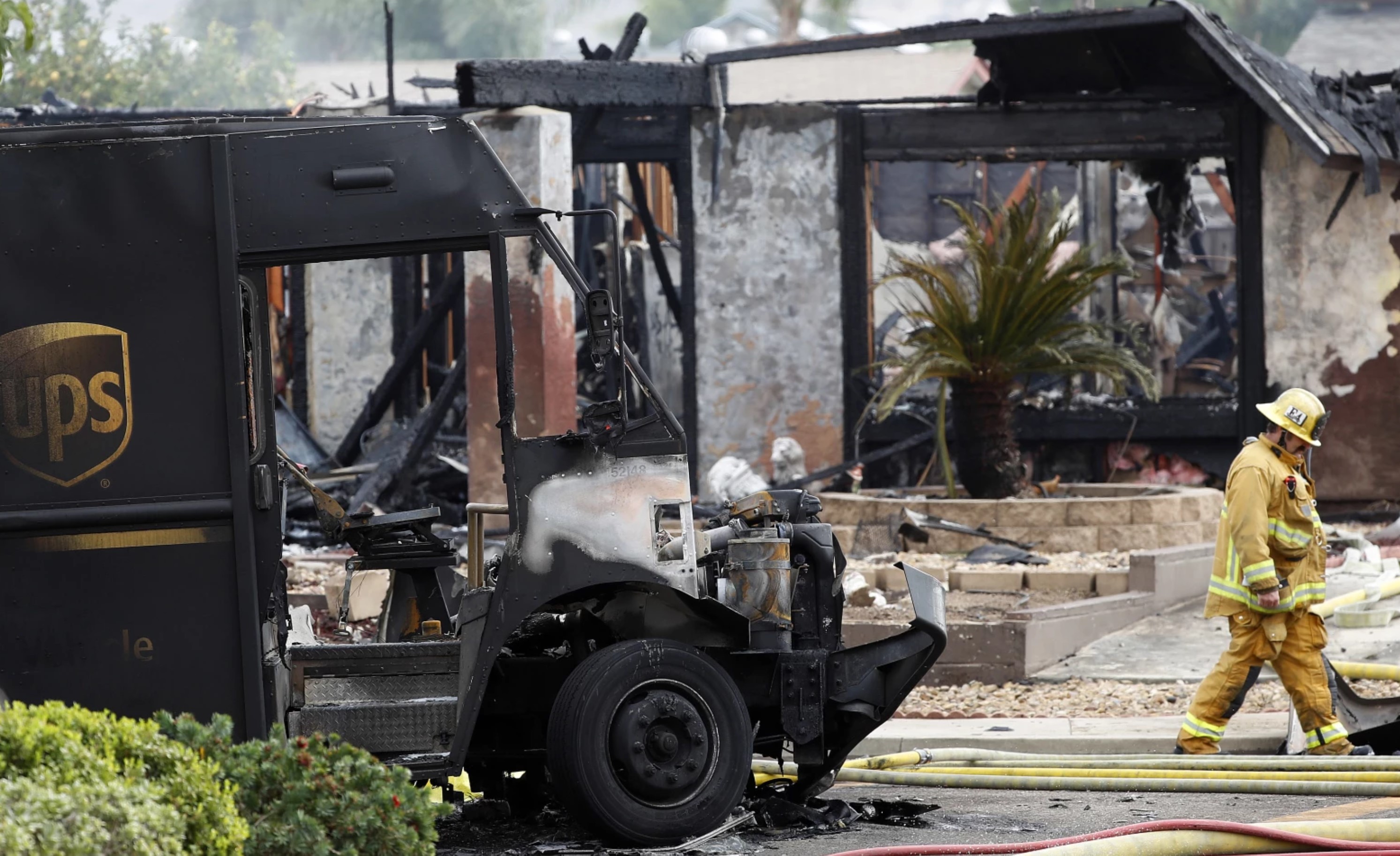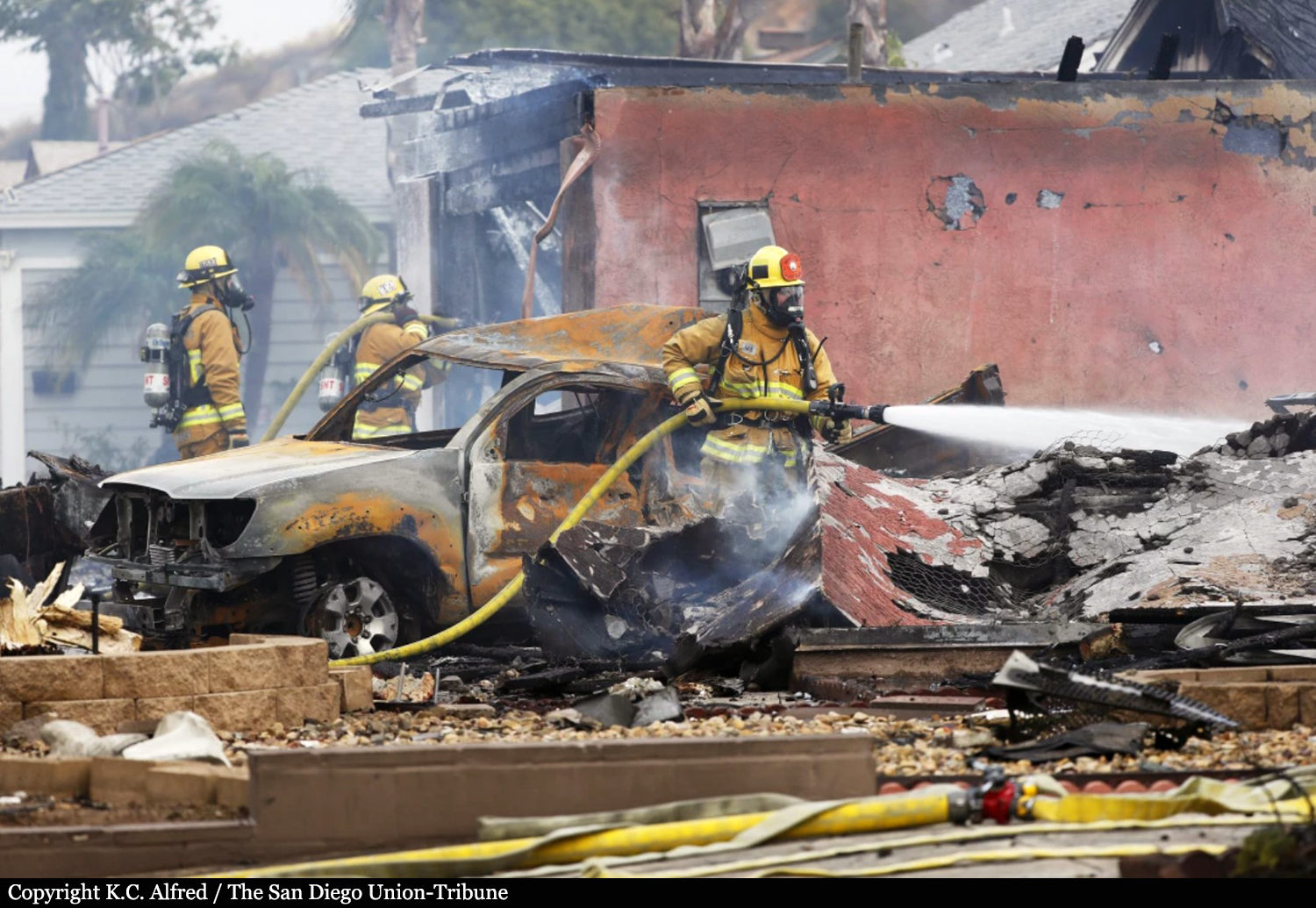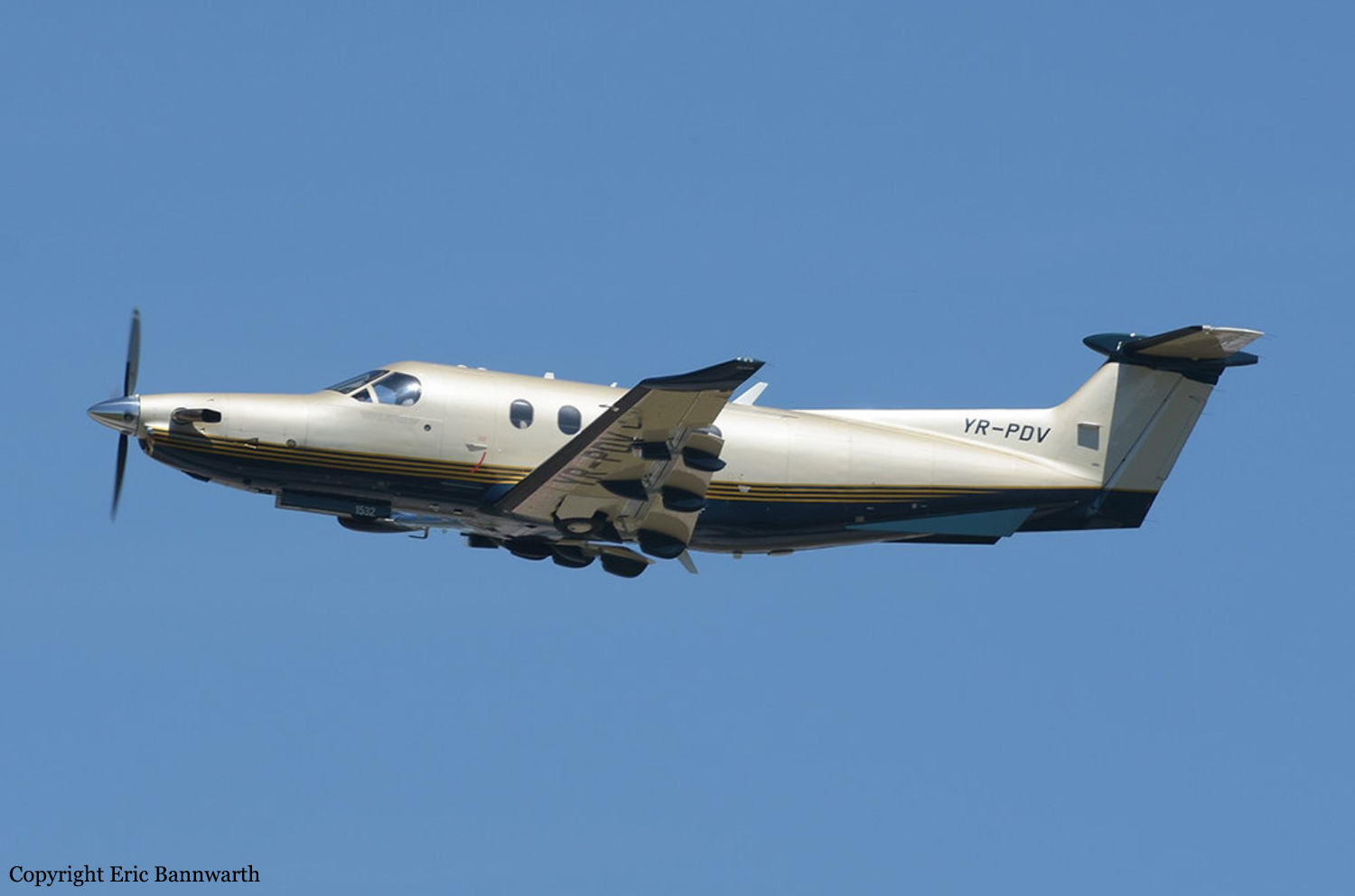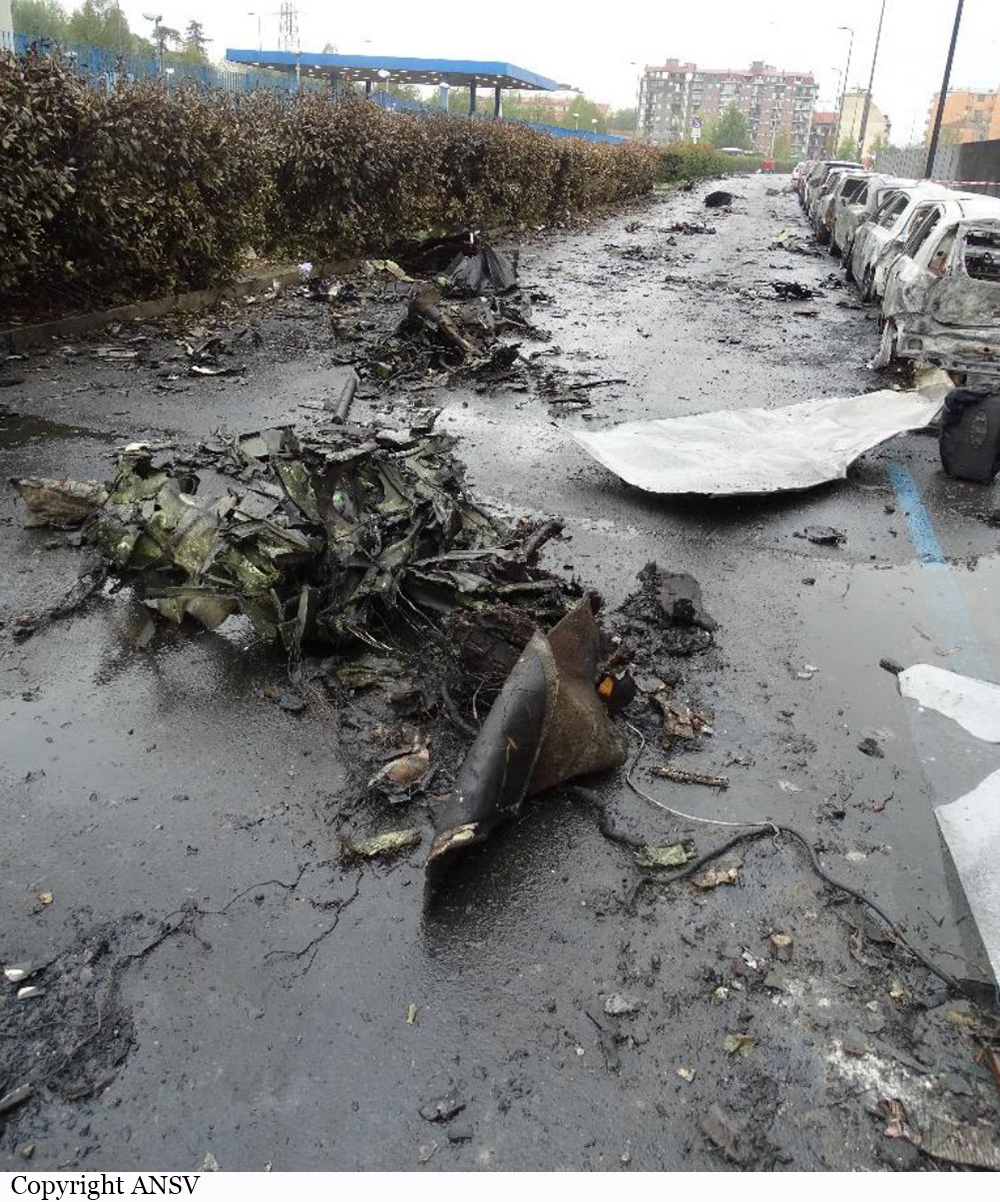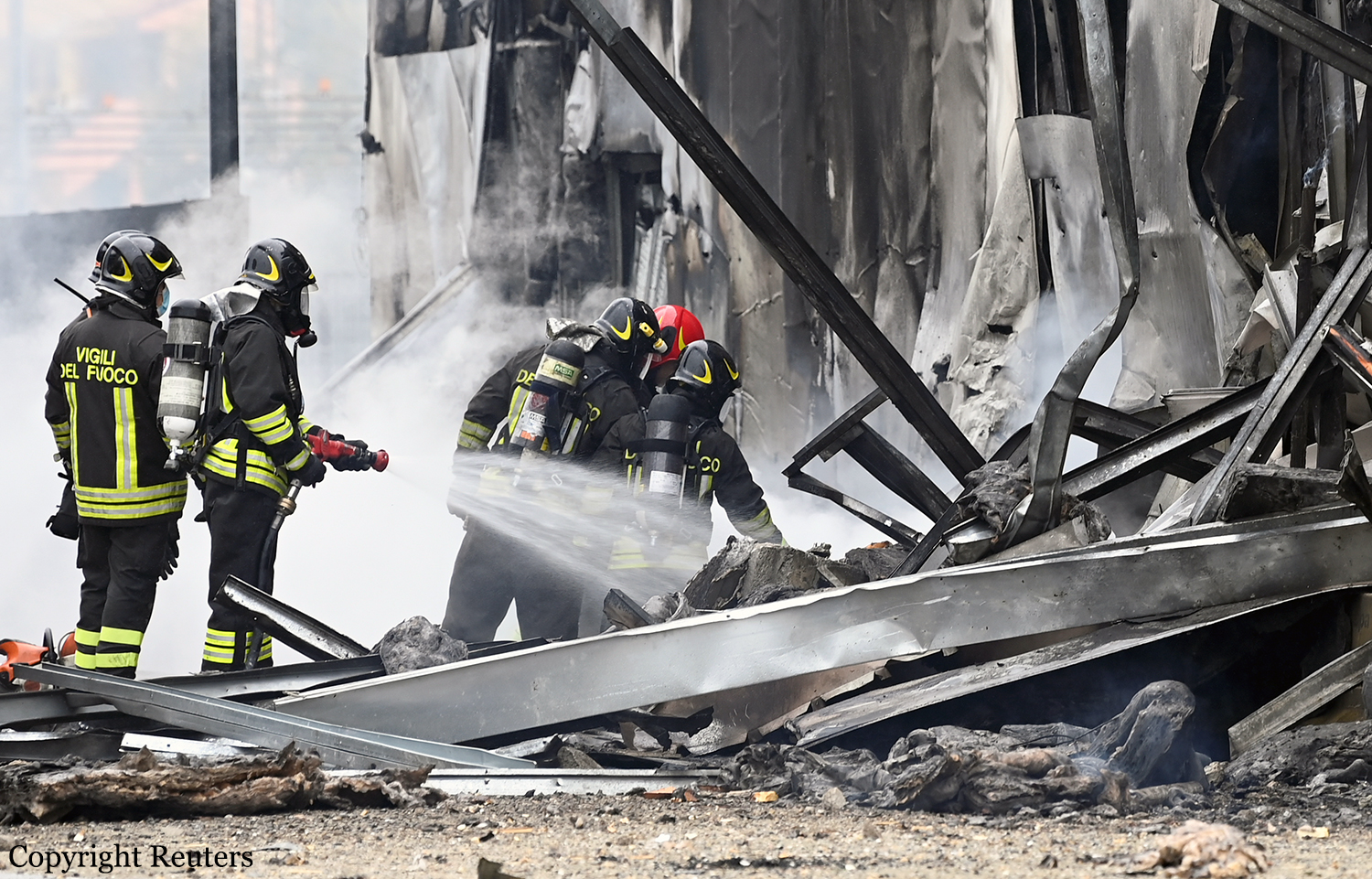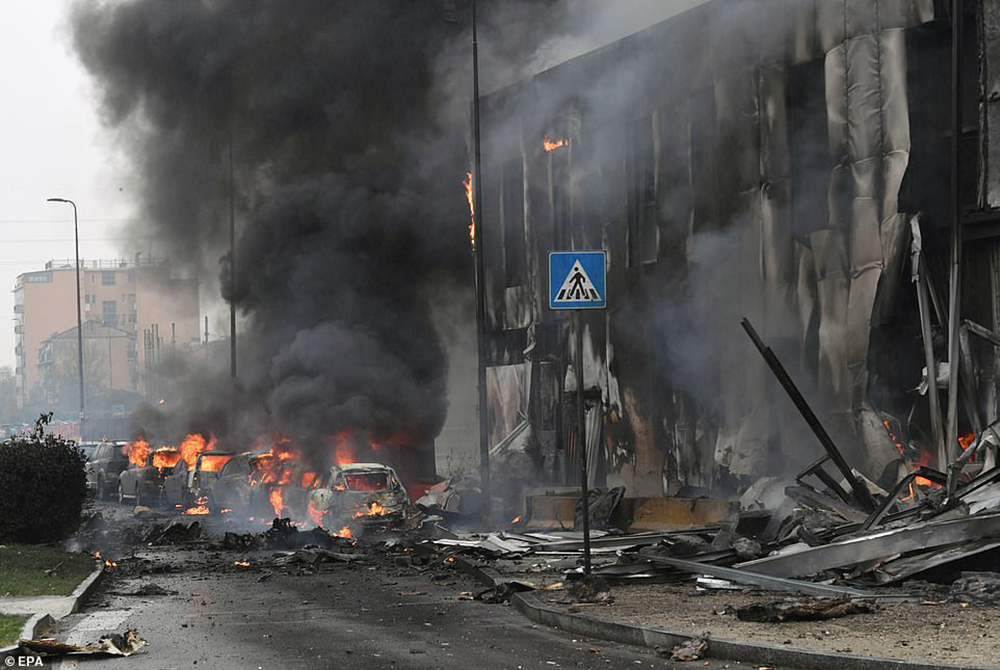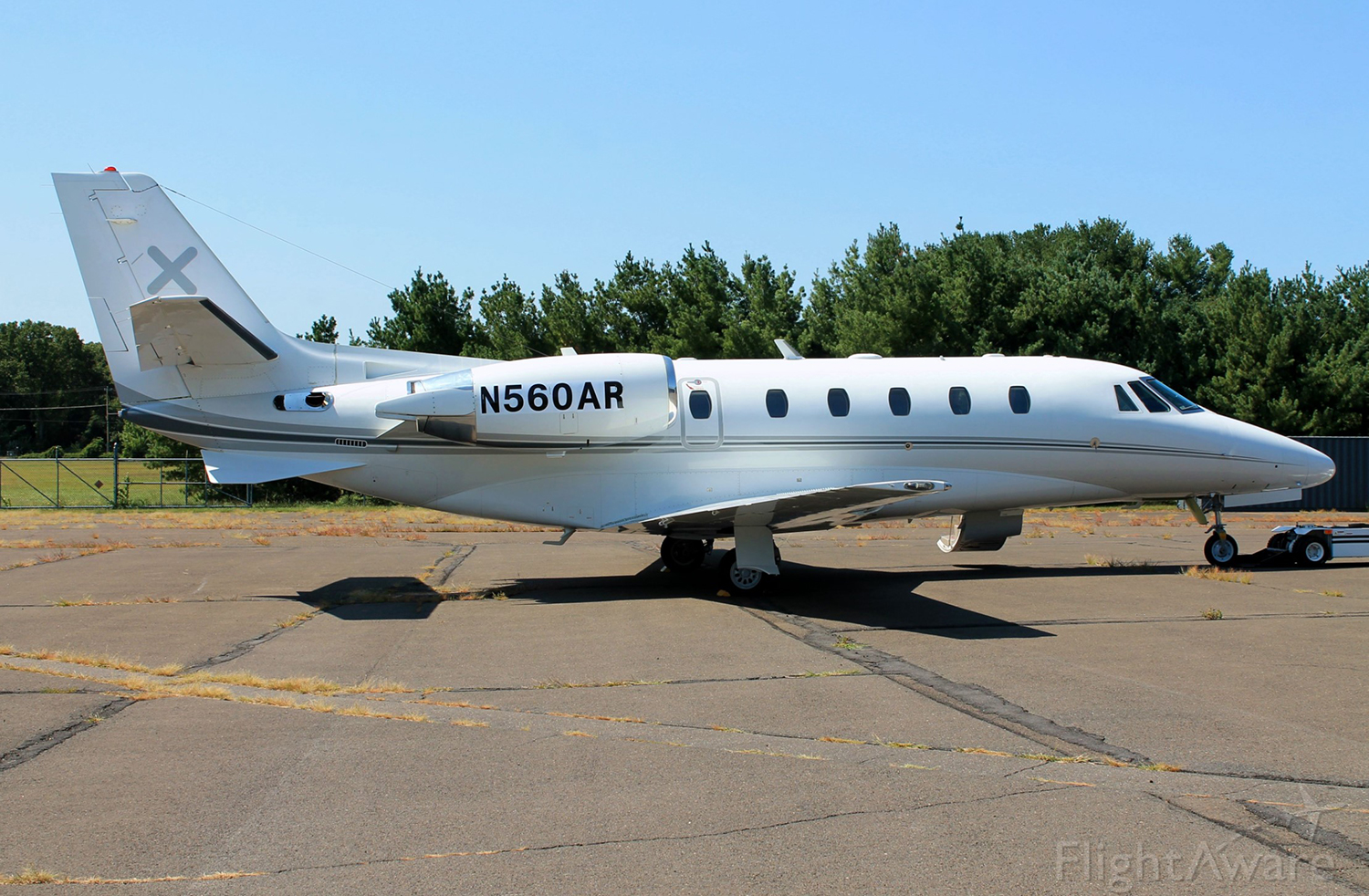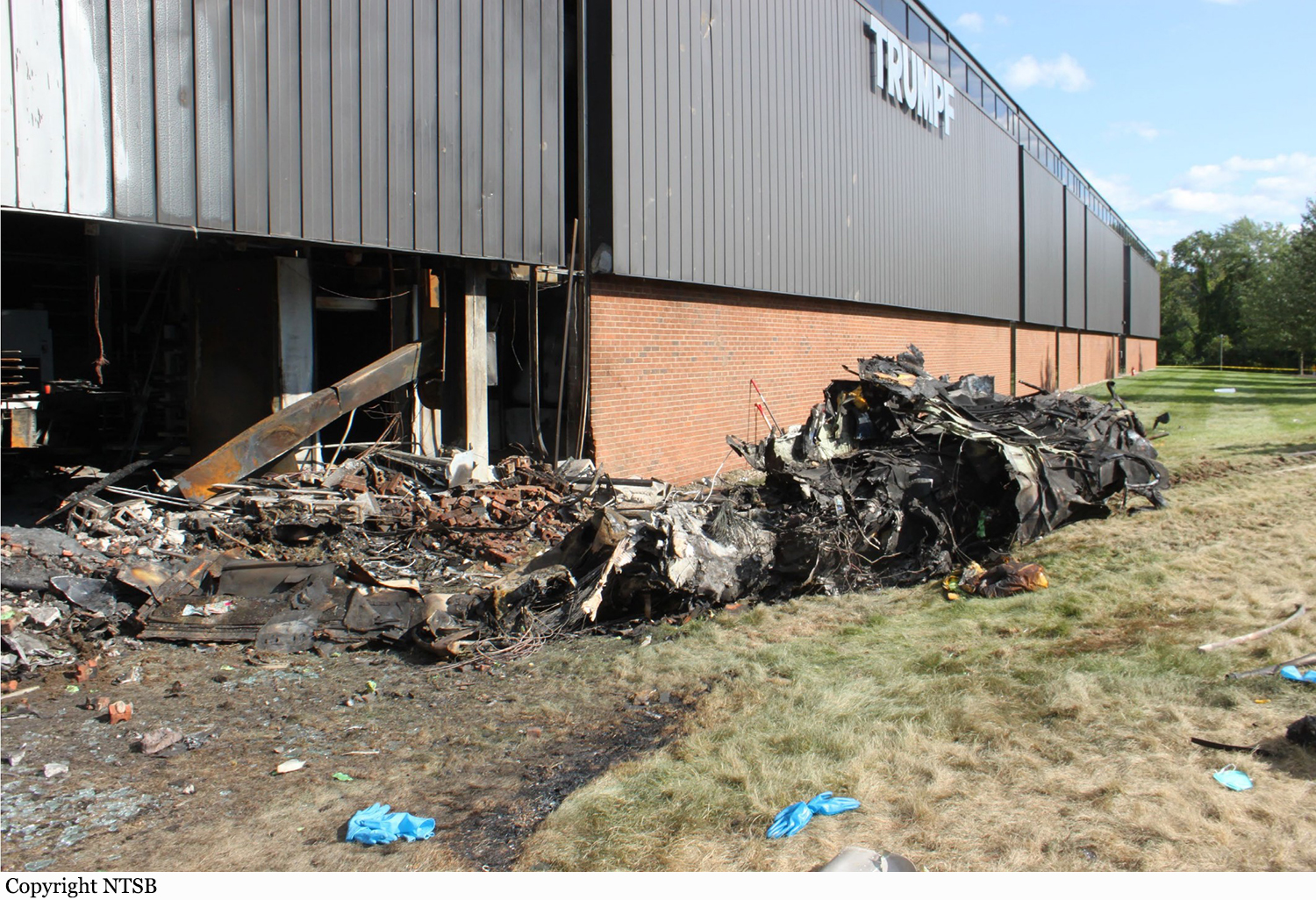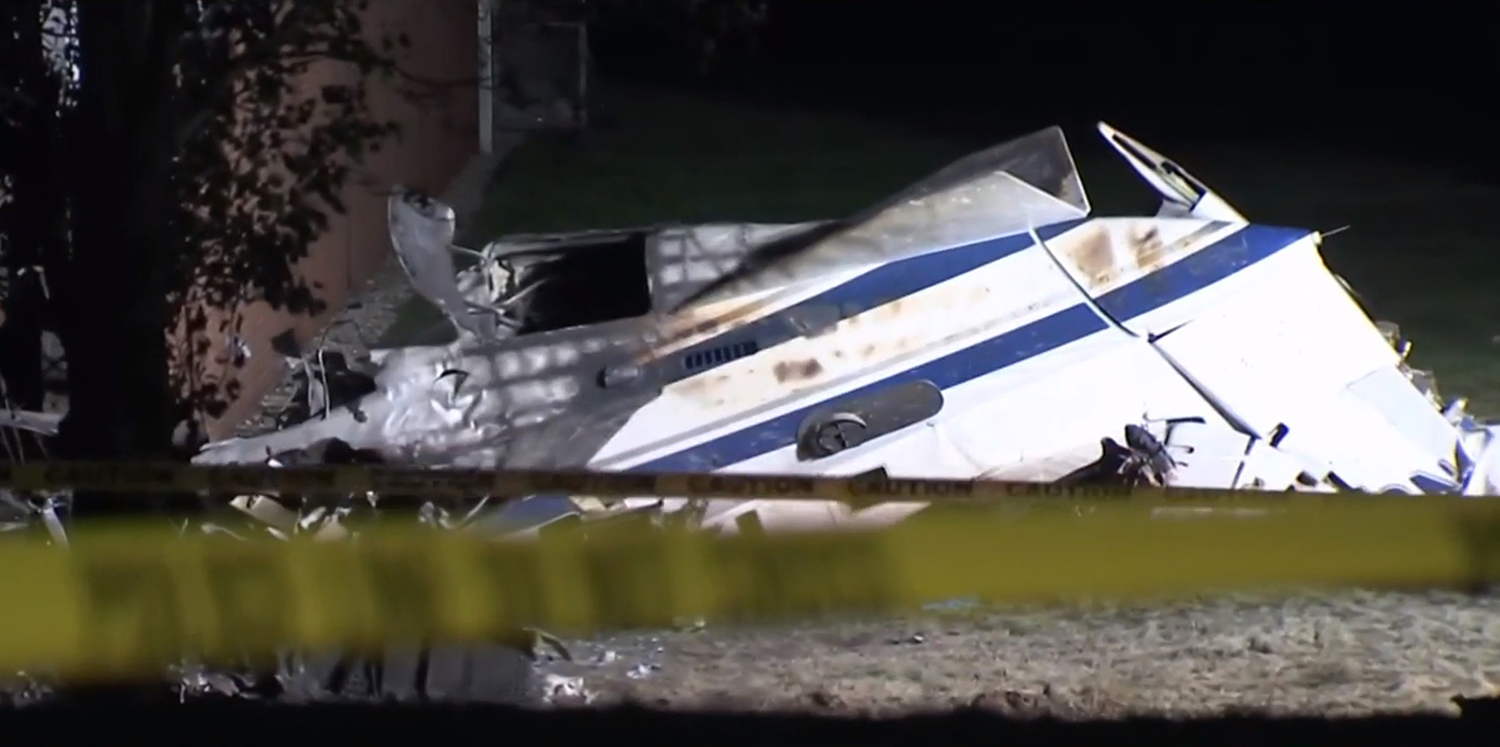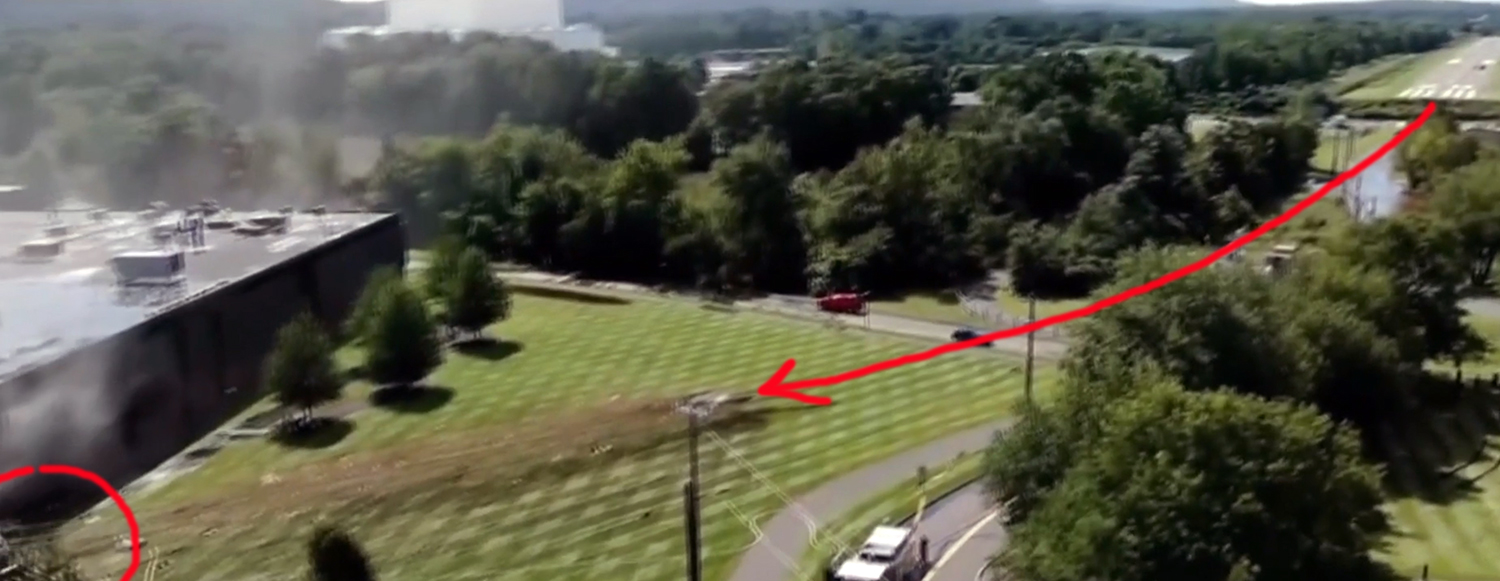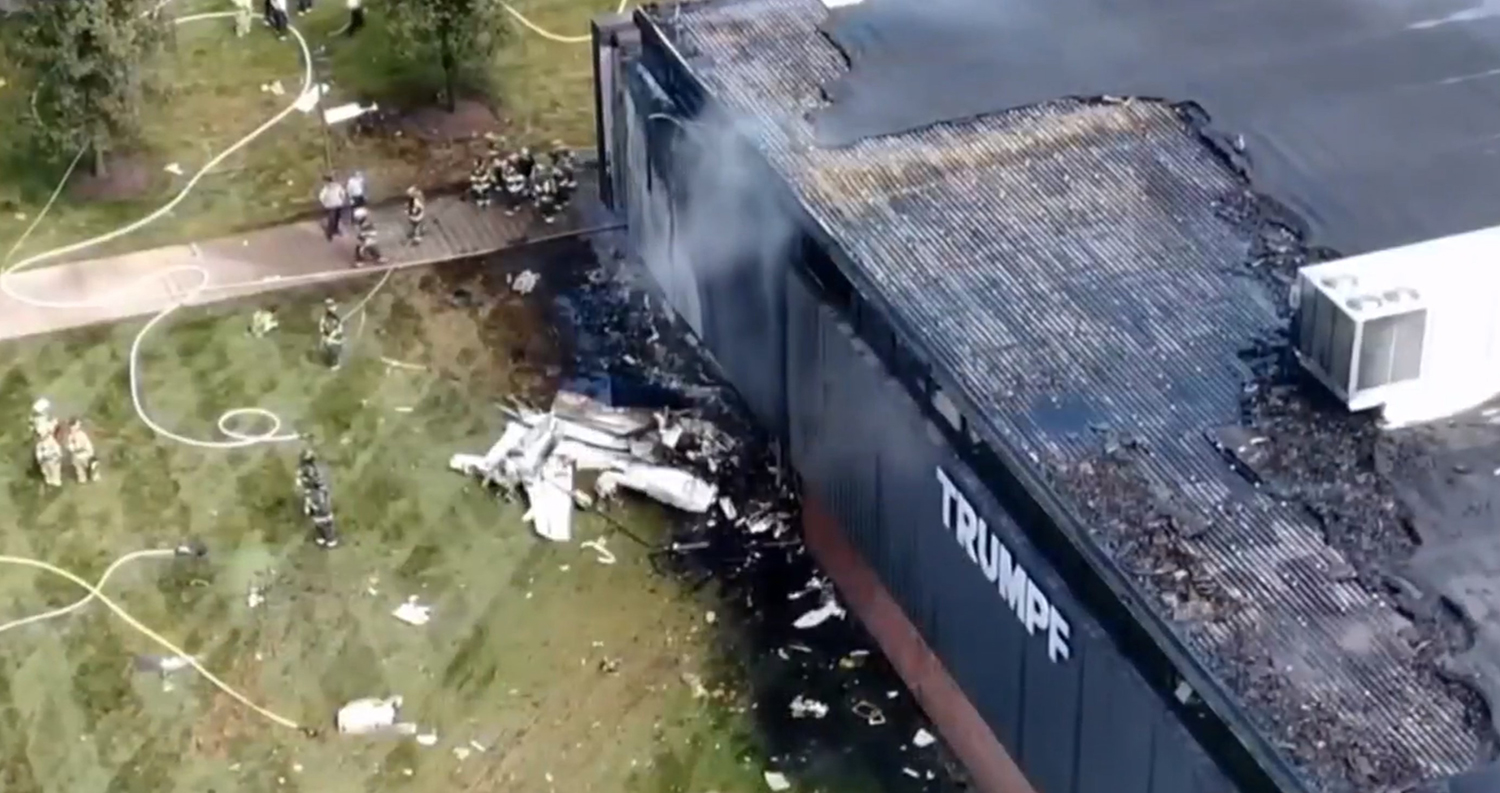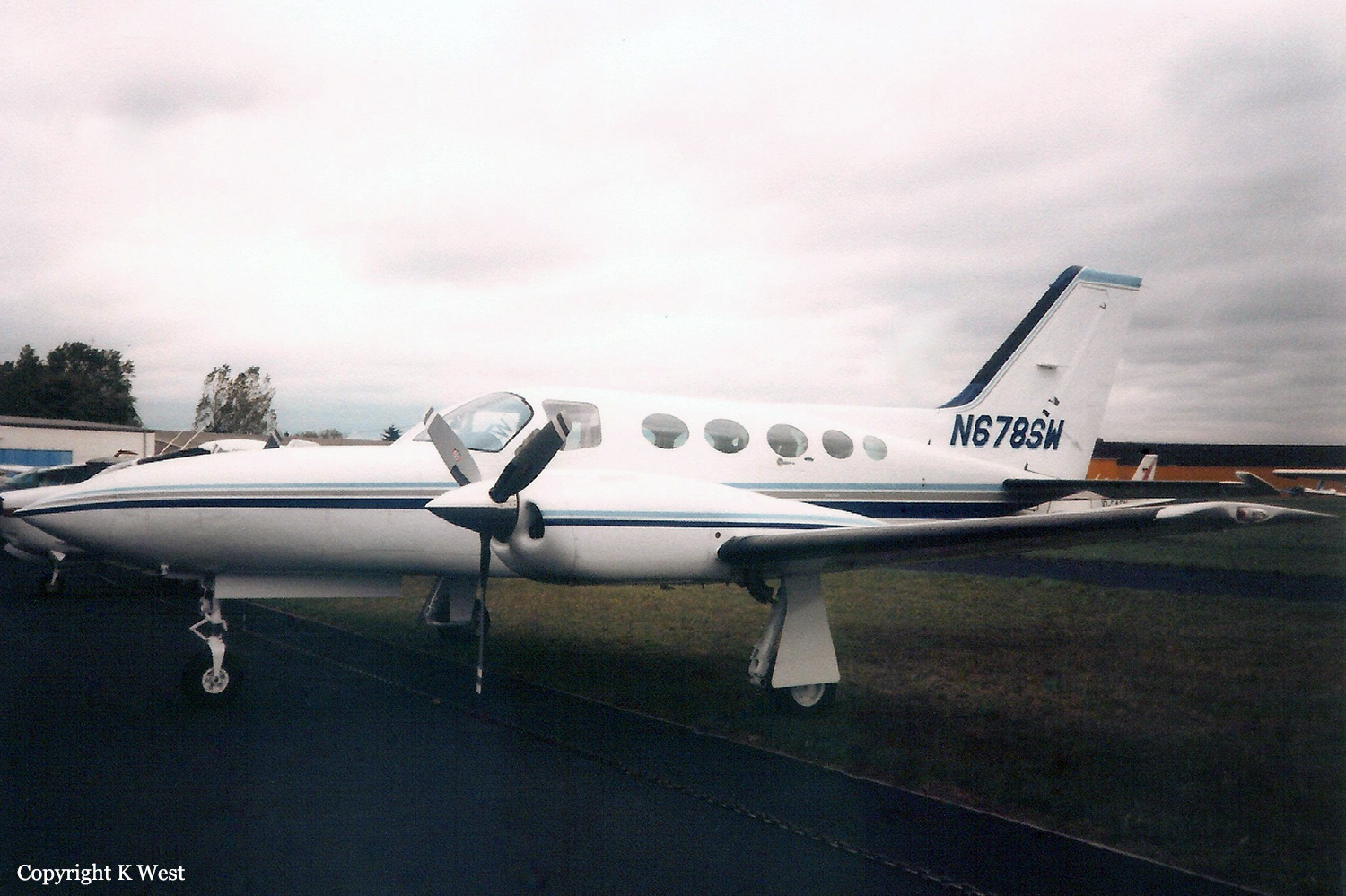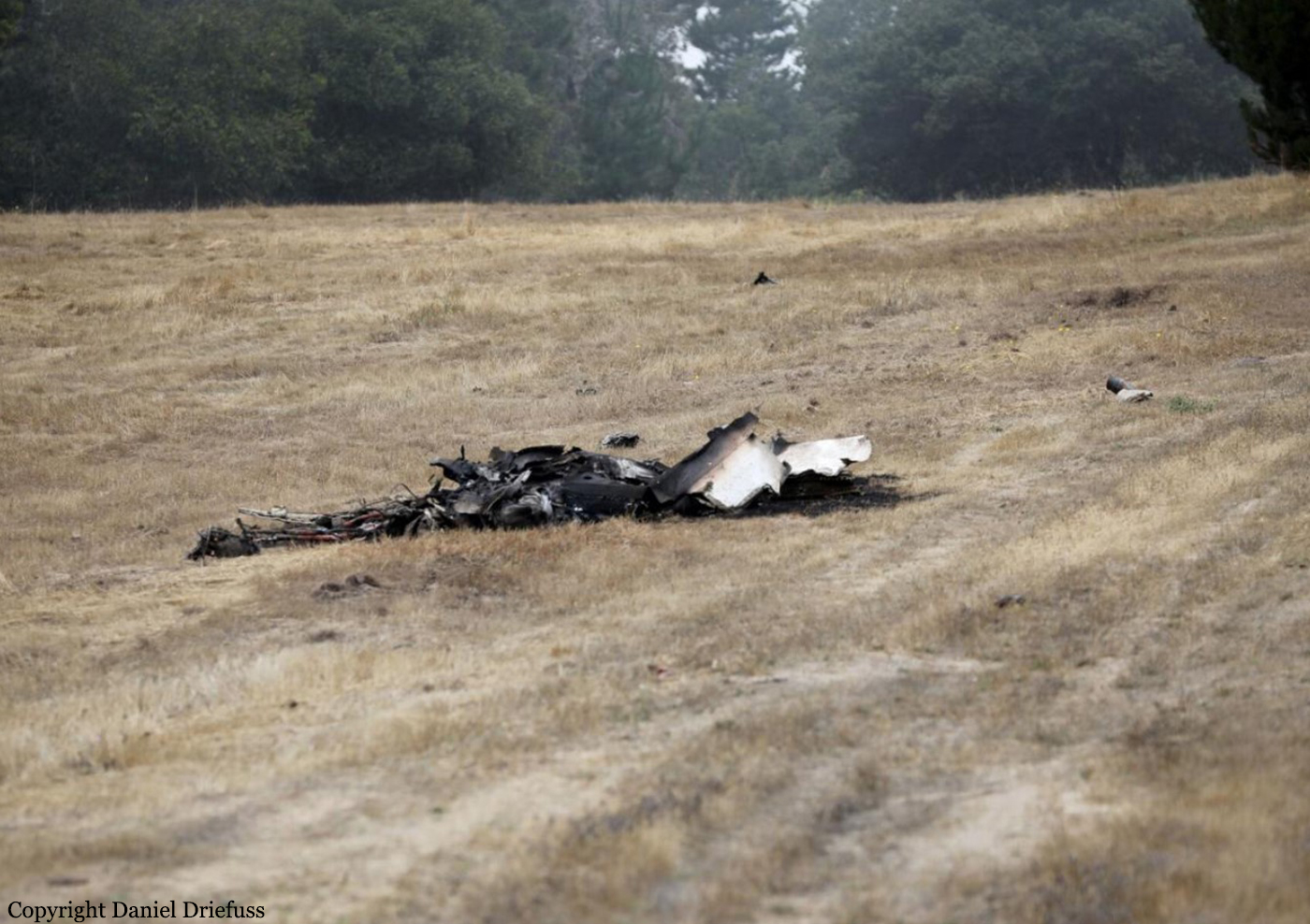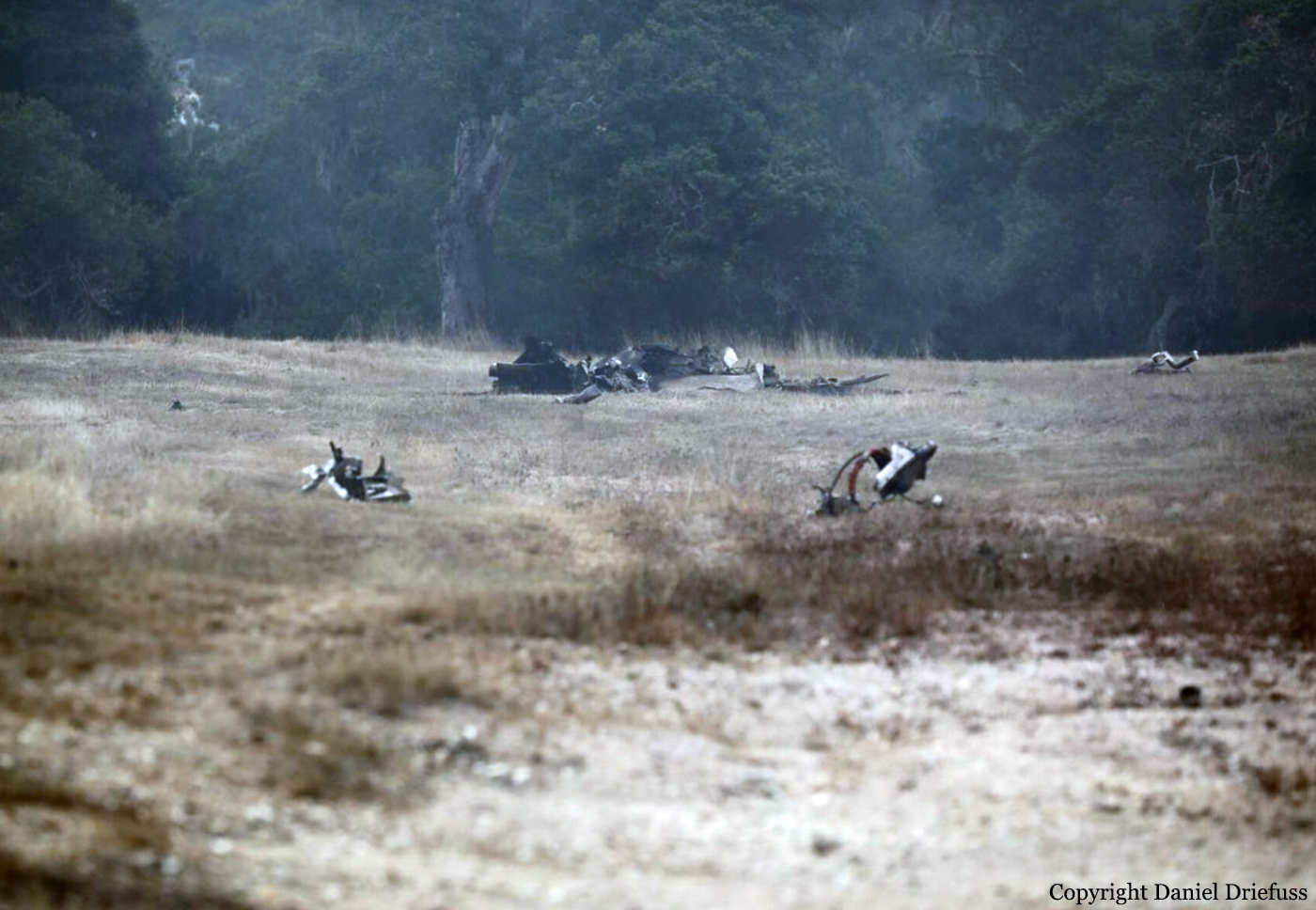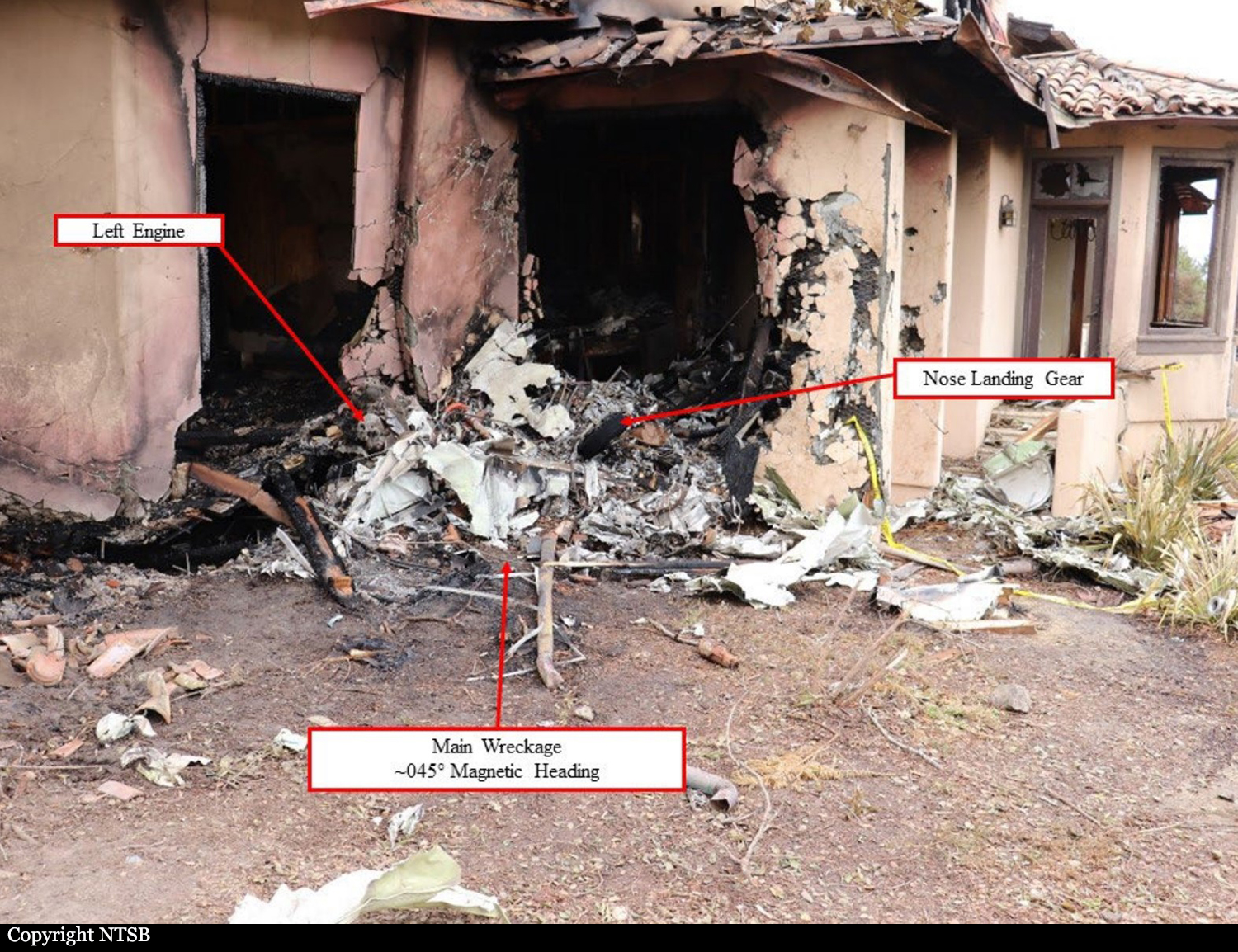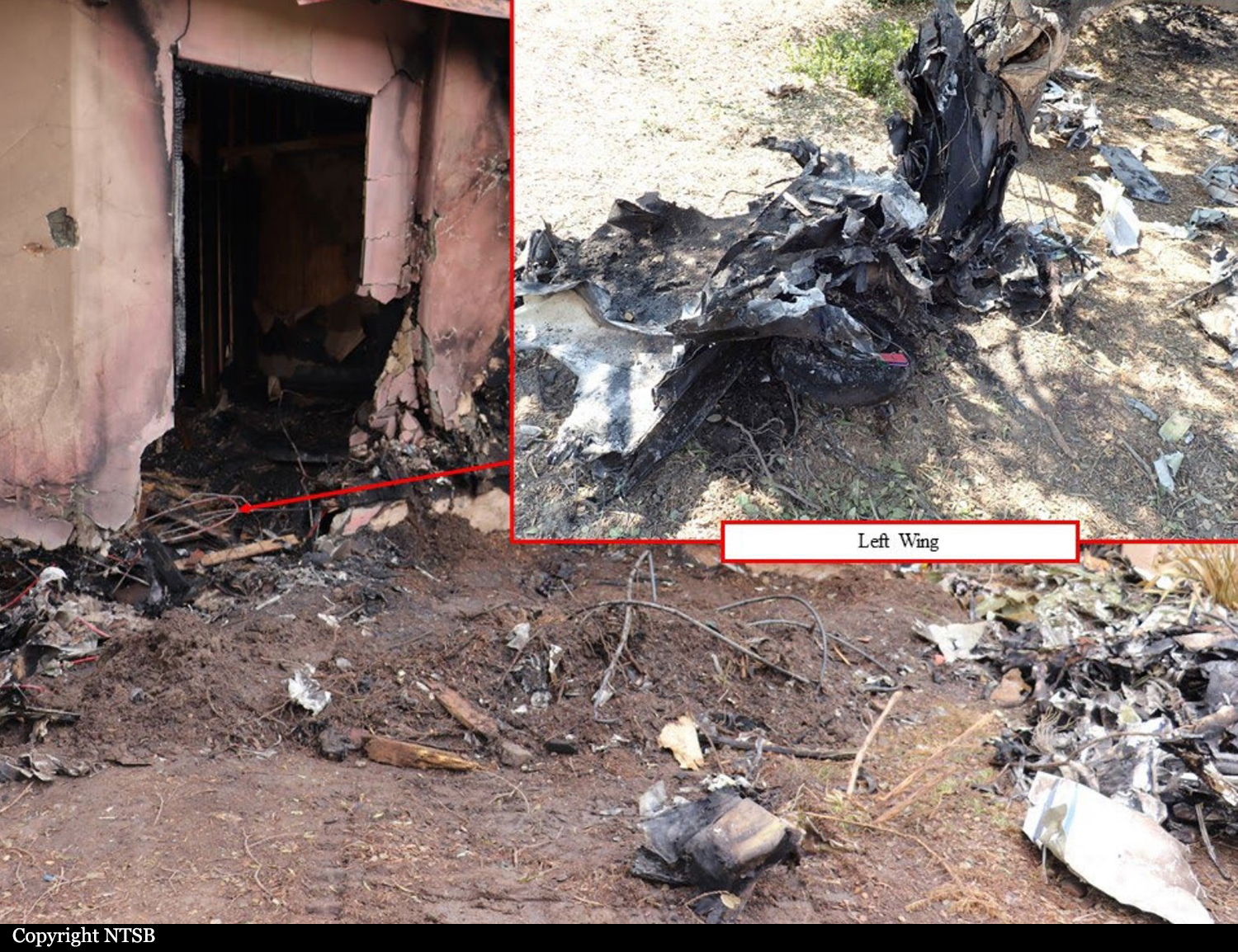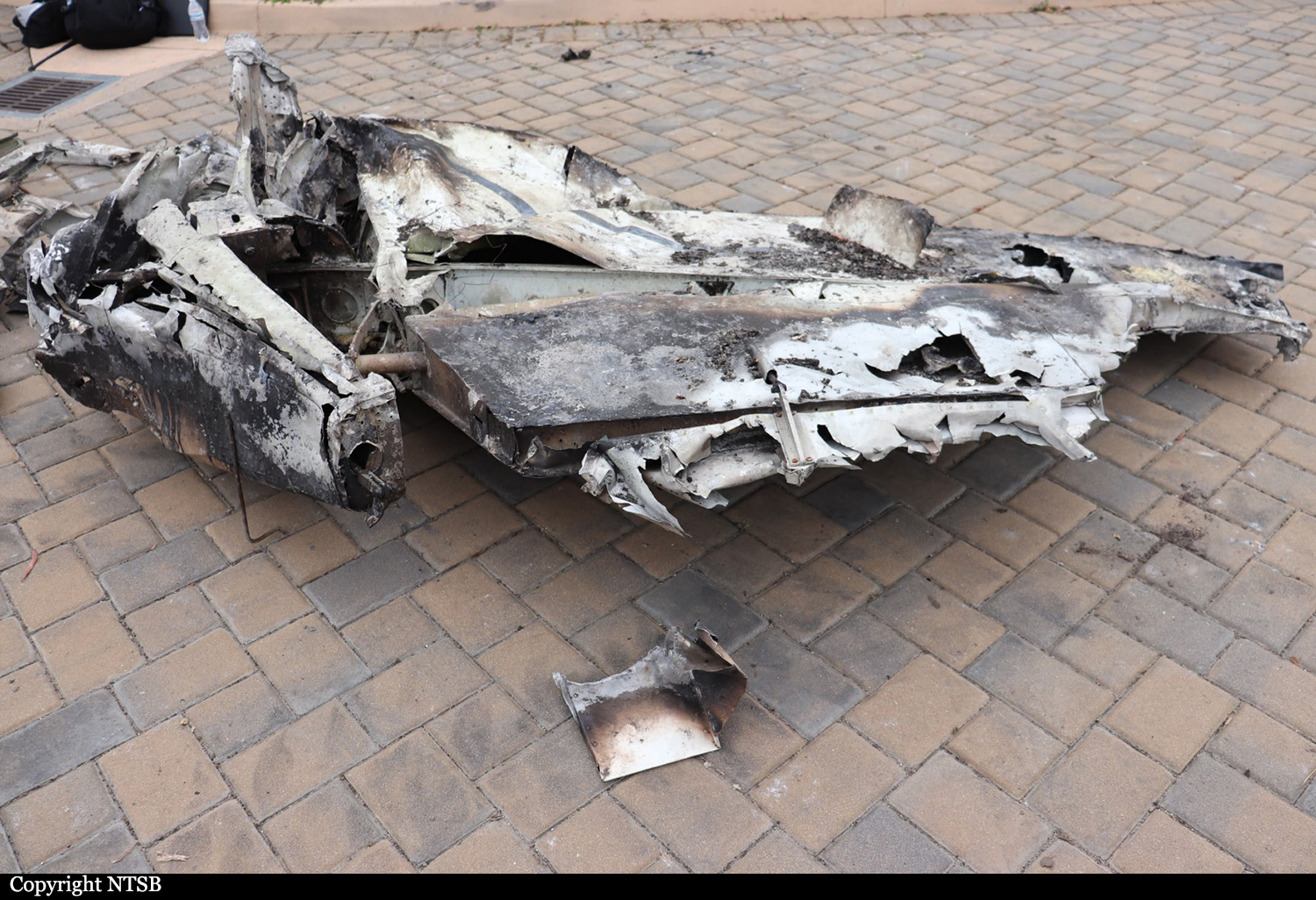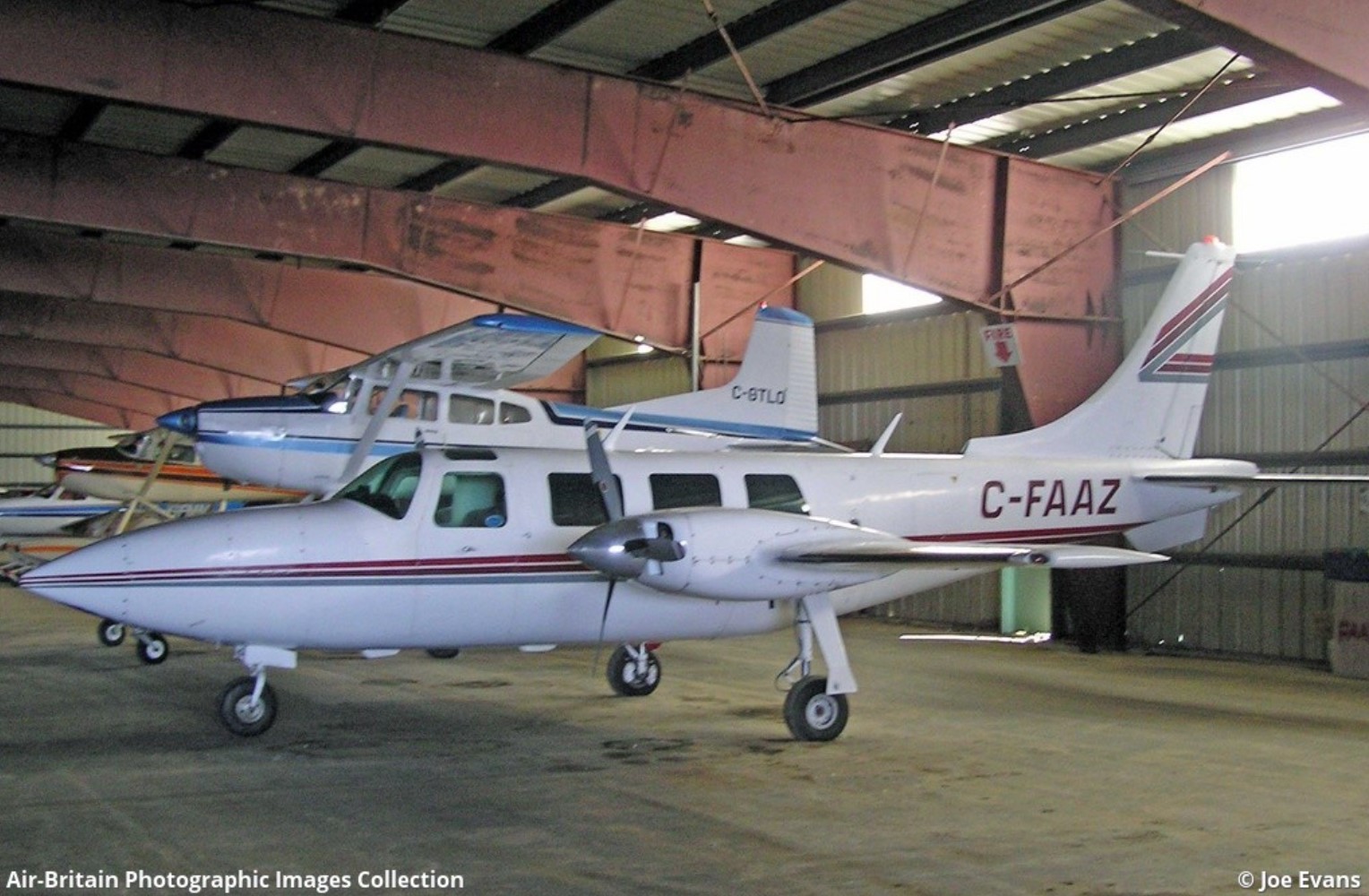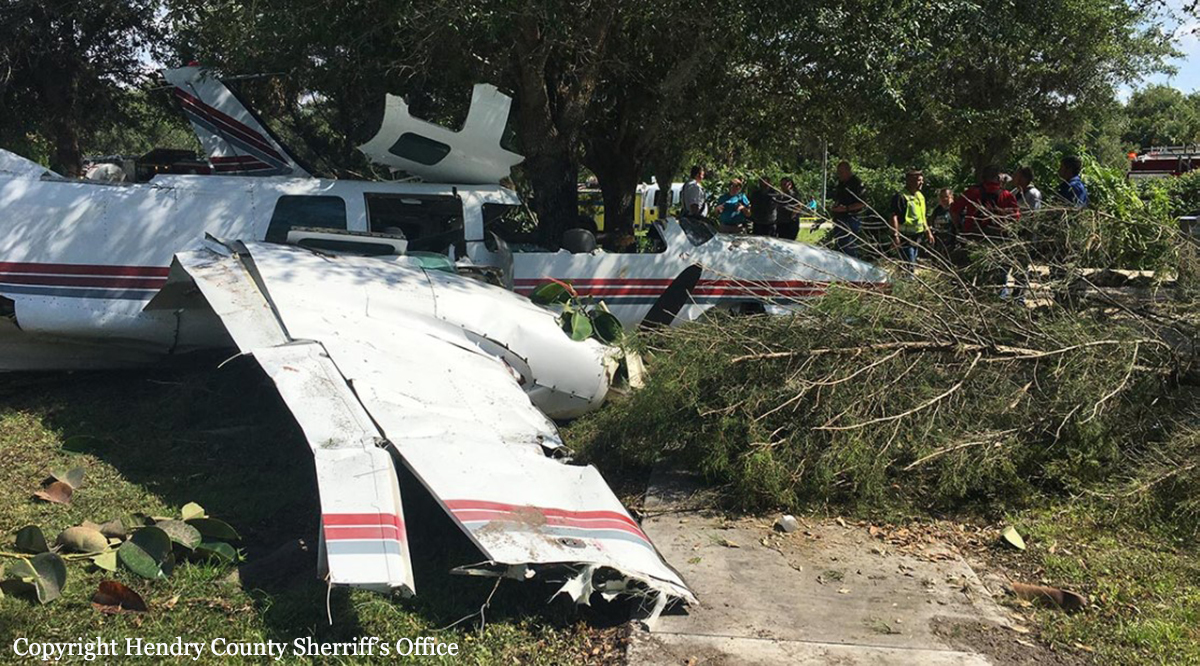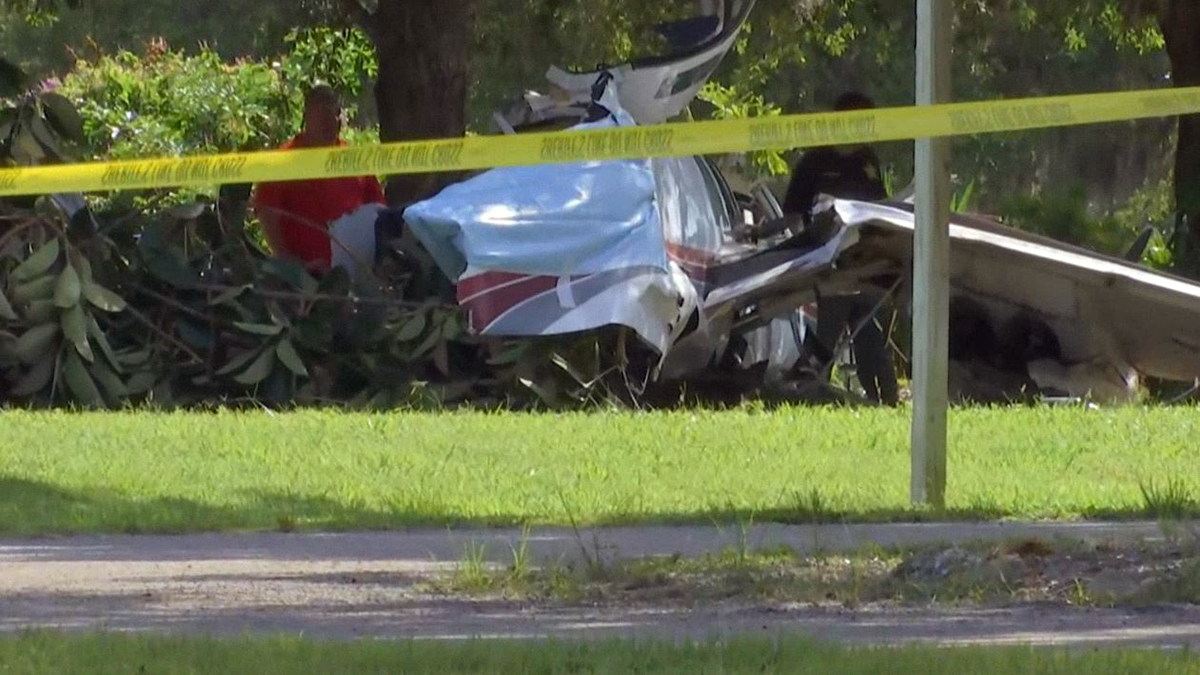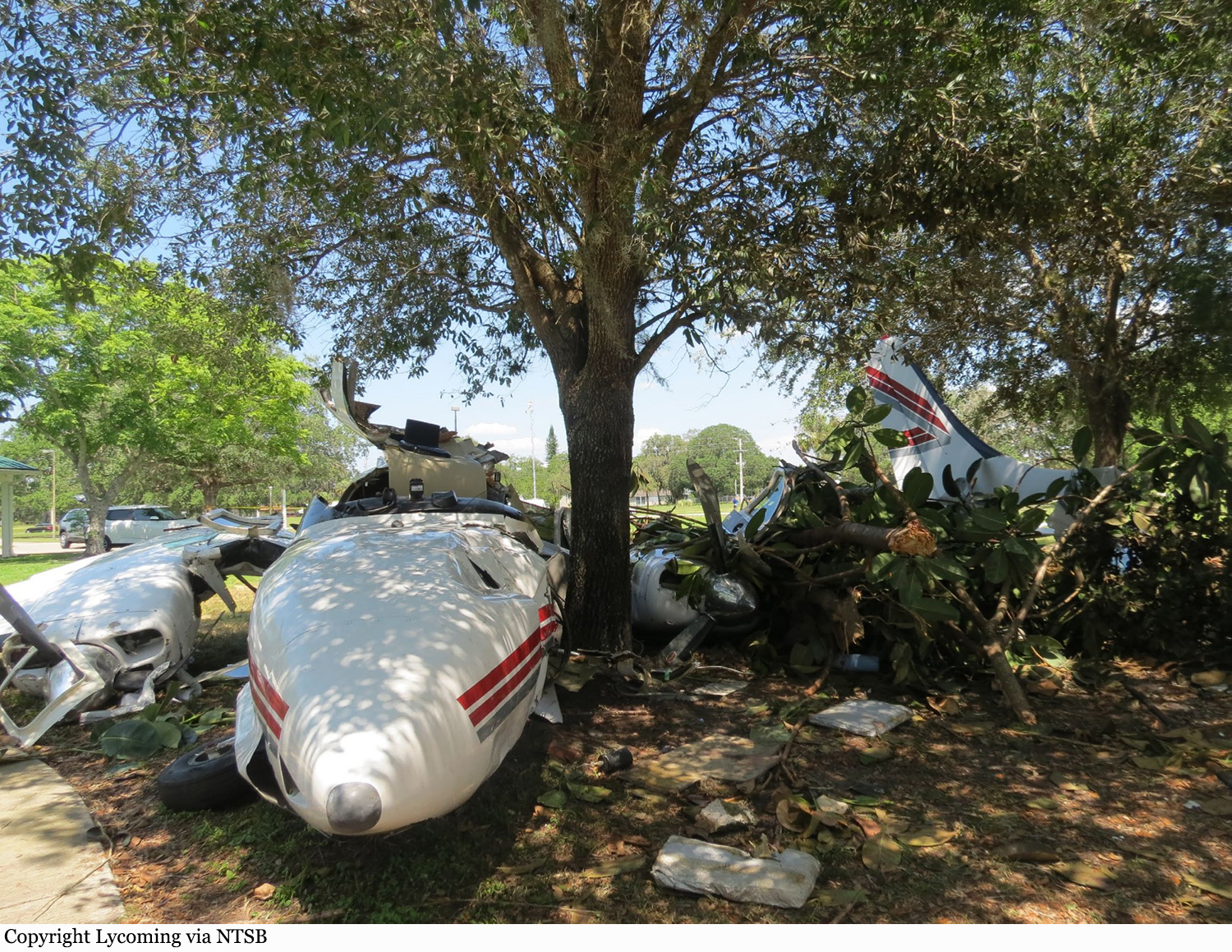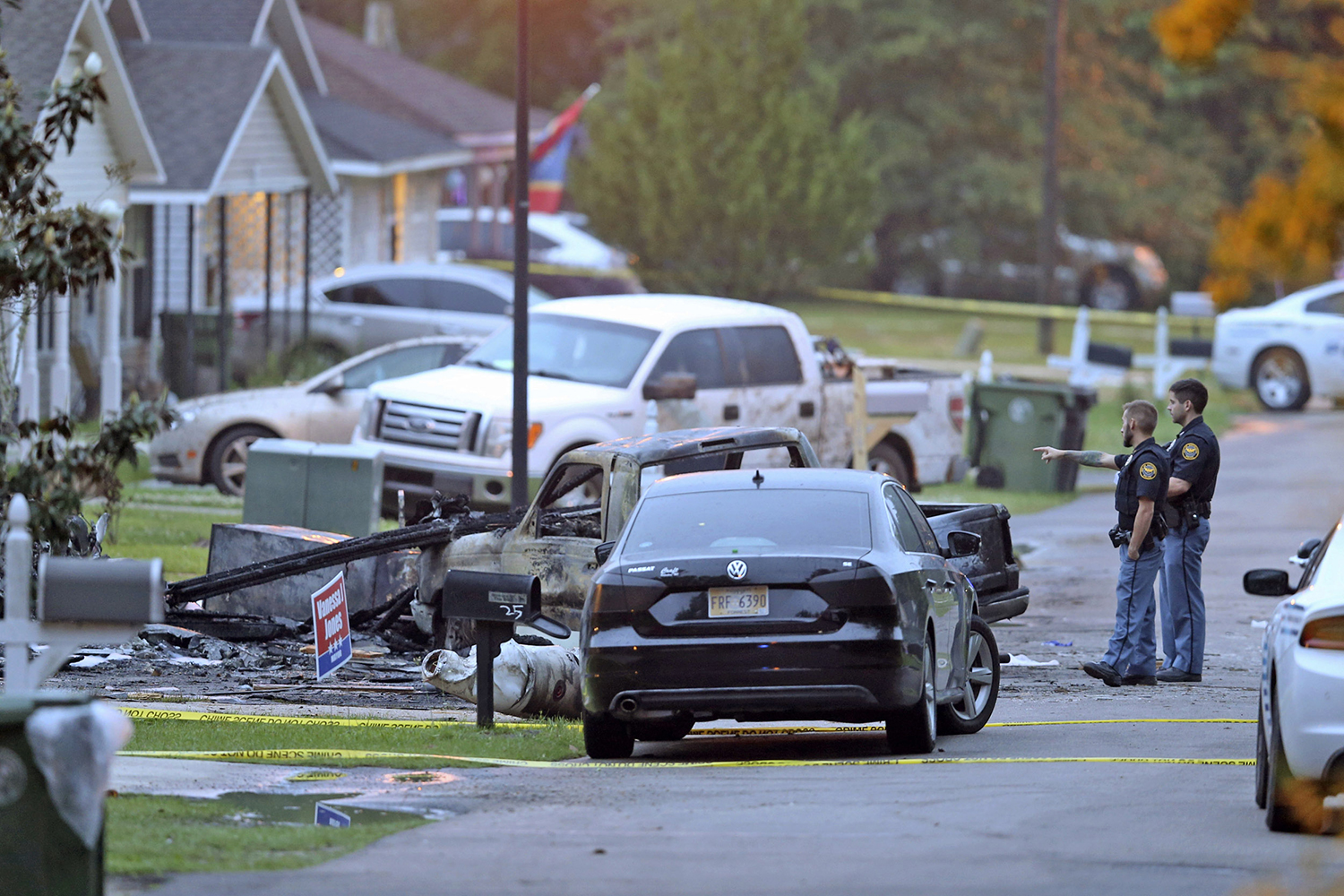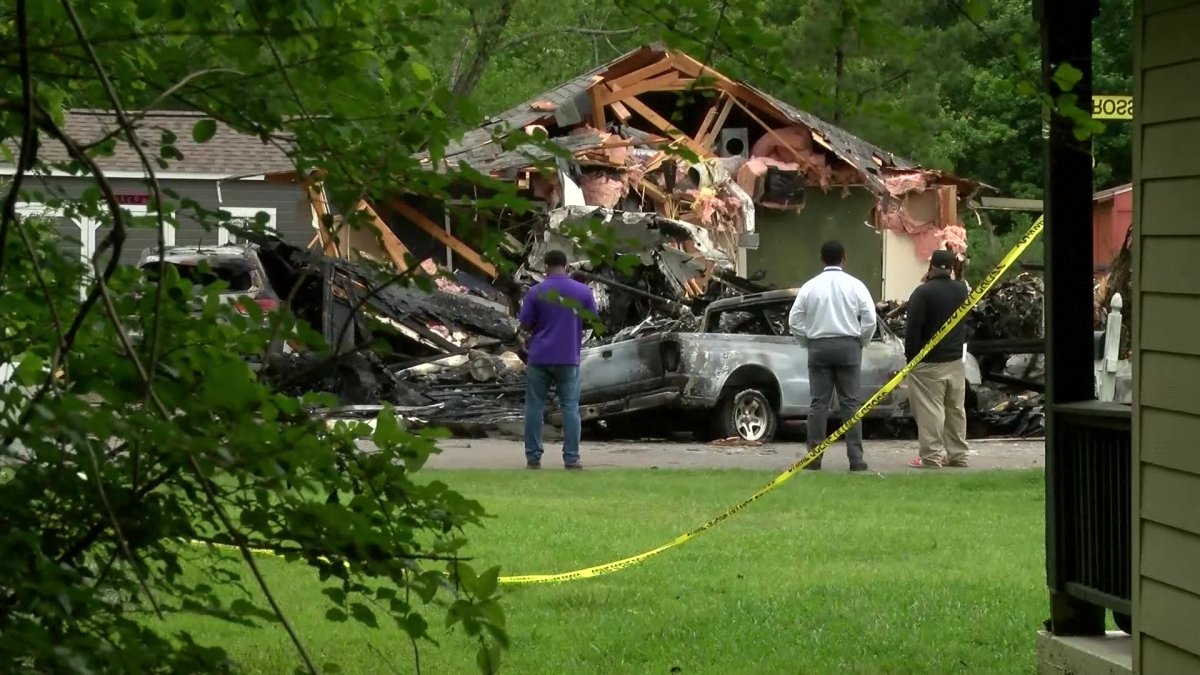Crash of a Cessna 208B Grand Caravan in Heyburn: 1 killed
Date & Time:
Apr 13, 2022 at 0832 LT
Registration:
N928JP
Survivors:
No
Schedule:
Salt Lake City – Burley
MSN:
208B-2428
YOM:
2013
Crew on board:
1
Crew fatalities:
Pax on board:
0
Pax fatalities:
Other fatalities:
Total fatalities:
1
Captain / Total hours on type:
193.00
Aircraft flight hours:
5116
Circumstances:
The pilot flew two RNAV (GPS) runway 20 instrument approaches at the Burley Municipal Airport, Burley, Idaho in instrument meteorological conditions (IMC). The accident occurred during the second approach. For the first instrument approach, the pilot configured the airplane with flaps up and flew the final approach segment at speeds above the operator’s training standard of 120 knots indicated airspeed (KIAS).The pilot flew a low pass over the runway, most likely to assess the landing conditions in accordance with company policy, determined the conditions were acceptable, initiated the missed approach and requested to return flying the same approach. The pilot elected to not use flaps during the second approach but slowed the approach speed during the final approach leg. Reported weather had improved and visibility had increased to about 2.5 miles. During this approach, the airplane intercepted and remained on the glide path to the stepdown fix. The last automatic dependent surveillance - broadcast (ADS-B) equipment plot recorded the airplane about a mile past this fix, or about 0.6 nautical miles (nm) from the displaced threshold, on the glide path, and at an estimated 85 knots calibrated airspeed (KCAS), which was slower than the airplane’s 95-knot minimum speed for flaps up in icing conditions. Shortly afterward, the airplane descended about 130 ft below the glide path, striking an agglomerate stack atop a potato processing plant, fatally injuring the pilot and substantially damaging the airplane. A witness reported seeing the airplane come out of the clouds and immediately enter a steam cloud coming from six other stacks before striking the accident stack. A security camera at the processing plant captured the last moments of the airplane’s flight as it came into view in a wings-level, flaps-up, nose-high descent and just before it impacted the stack. While snow and visible moisture were present, the agglomerate stack was always in clear view during the Page 2 of 24 WPR22FA151 video, with only partial sections obscured. The witness’s account of hearing the engine noise increase and then the nose lift-up may have been the pilot’s attempt to avoid the obstacle. The Federal Aviation Administration’s (FAA) Aeronautical Information Manual advises pilots to avoid overflight of exhaust stacks; however, the accident stack was directly underneath the instrument approach course and overflight would be expected. Postaccident examination of the airplane, conducted hours after the accident, revealed no structural icing on the wings and empennage. Examination of the airframe and powerplant revealed no mechanical malfunctions or failures that would have precluded normal operation. The flaps were up, and a review of the manifest revealed the airplane was loaded within the specifications of the manifest and within the center of gravity limits. Between 2016 and 2017, the FAA conducted two aeronautical studies regarding the stack structures. In the first study, the FAA determined that many of the stack structures were a hazard to air navigation that required mitigation by the processing plant. As an interim measure, the FAA placed the runway 20 visual approach slope indicator (VASI) out of service because the stacks penetrated the obstruction clearance surface and were deemed hazardous to aviation. After determining that they needed to increase the height of the stacks, the plant then modified their proposal; the proposed height increase necessitated a second study. The second study determined the agglomerate stack and the row-of-six stacks exceeded the Code of Federal Regulations (CFR) section 77 standards and provided mitigating actions that included painting the stacks with high visibility white and aviation orange paint and equipping the stacks with red flashing warning lights. The control measures also included the permanent removal of the VASI. On the day of the accident, the agglomerate stack and row-of-six stacks had not been painted to the standard required by the FAA. The warning lights had been installed, and five of the row-of-six stacks were equipped with flashing red lights. The agglomerate stack warning light was stolen following the accident, so an accurate determination of its operating status could not be made. The existing paint scheme and the visible moisture emitted by the stacks provided a low contrast to the environmental background. This low contrast and the lack of a visual glide slope indicator may have caused difficulty for the pilot in maintaining a safe altitude during the visual portion of the approach to the runway. A white and aviation orange paint scheme, as identified in the regulations, may have offered a higher contrast and thus an adequate warning once the pilot transitioned to visual conditions.
Probable cause:
The pilot’s failure to maintain altitude during an instrument approach, which resulted in a descent below the approach path and impact with a vent stack. Also causal was the failure of the processing plant to correctly paint the vent stacks, which had been determined by the FAA to be a hazard to navigation due to their proximity to the landing approach path. Contributing to the accident was the likely distraction/illusion/obscuration created by steam from the processing plant, which intermittently obscured the runway.
Final Report:
